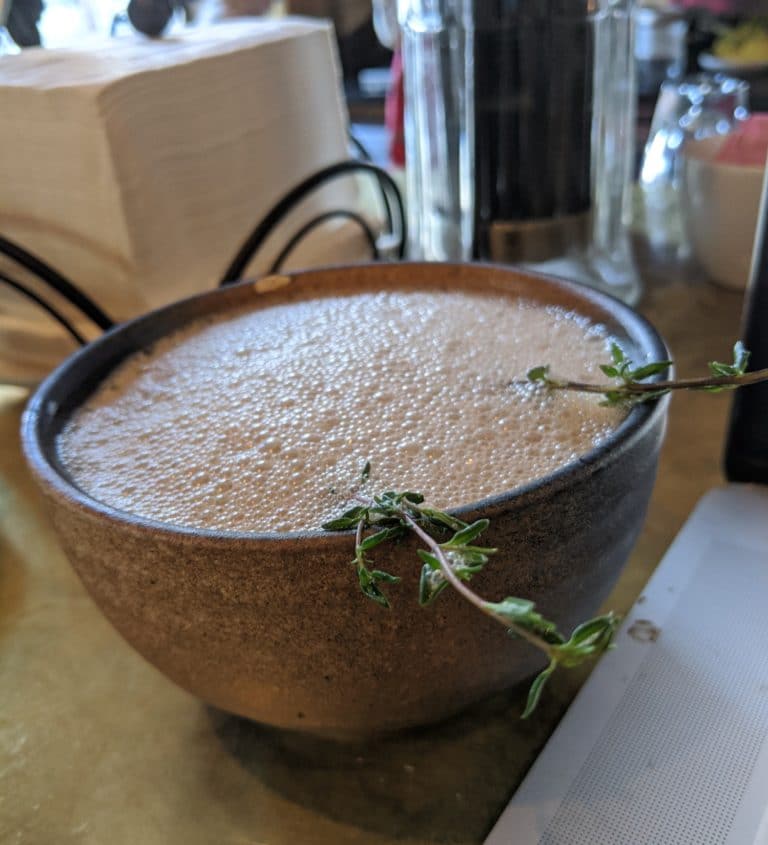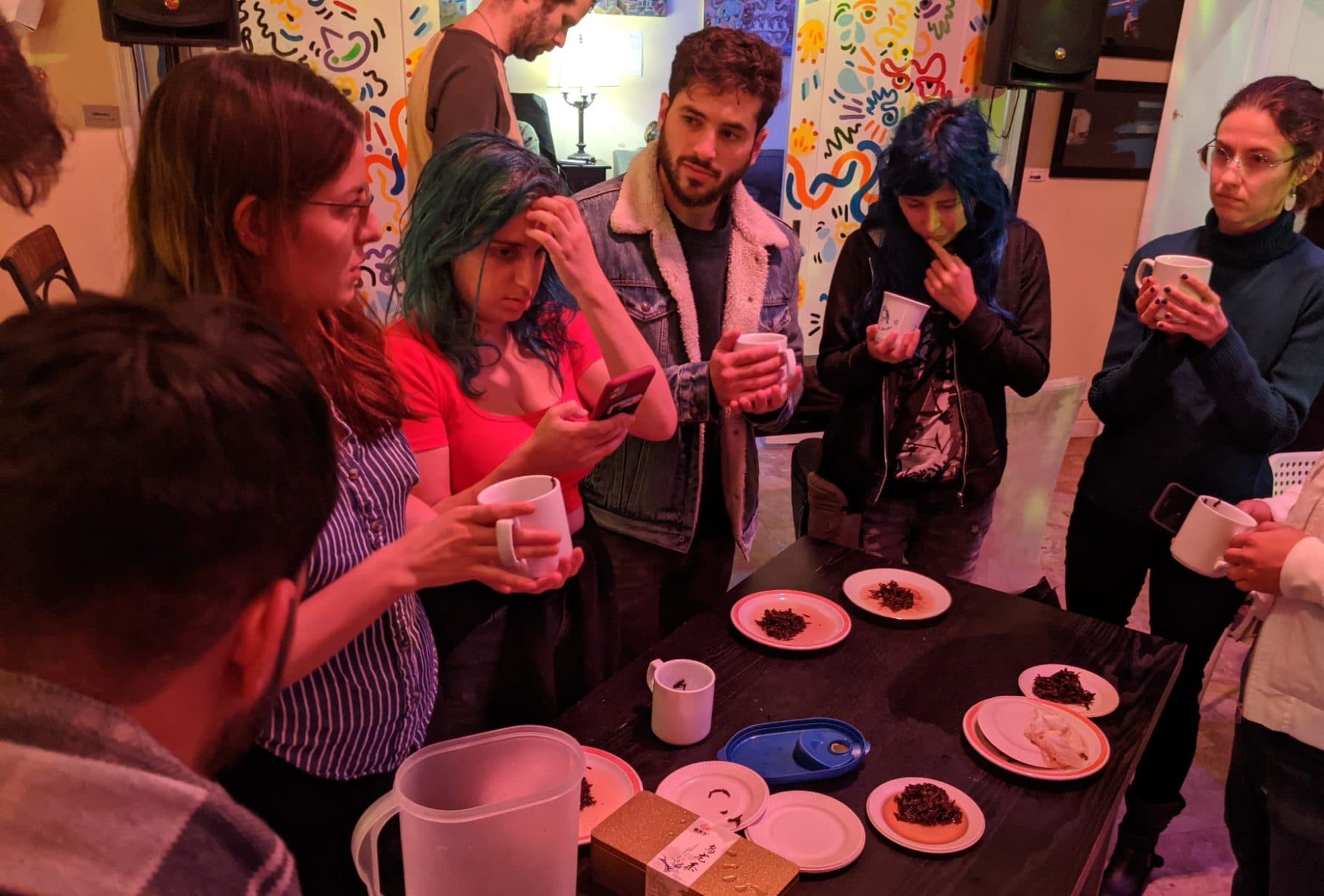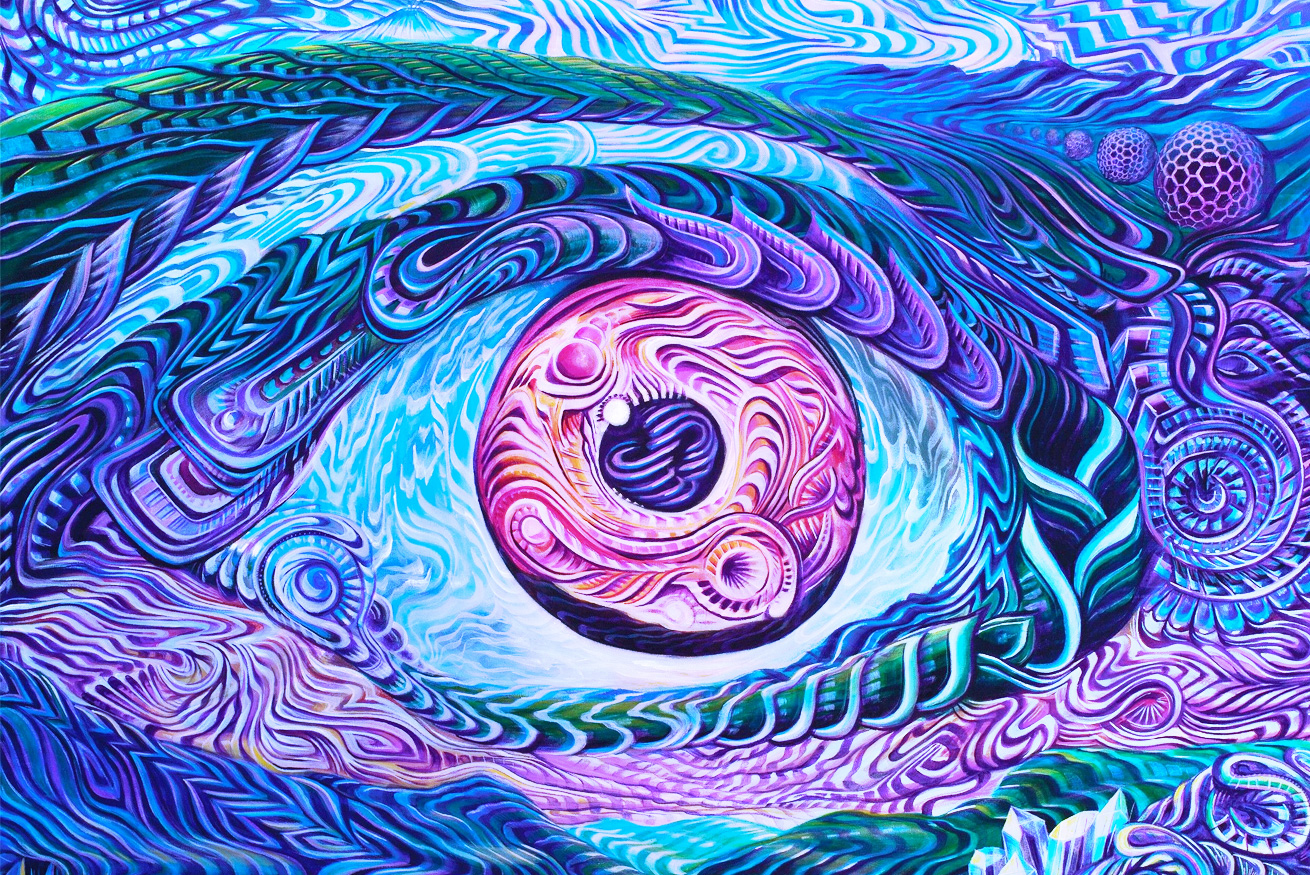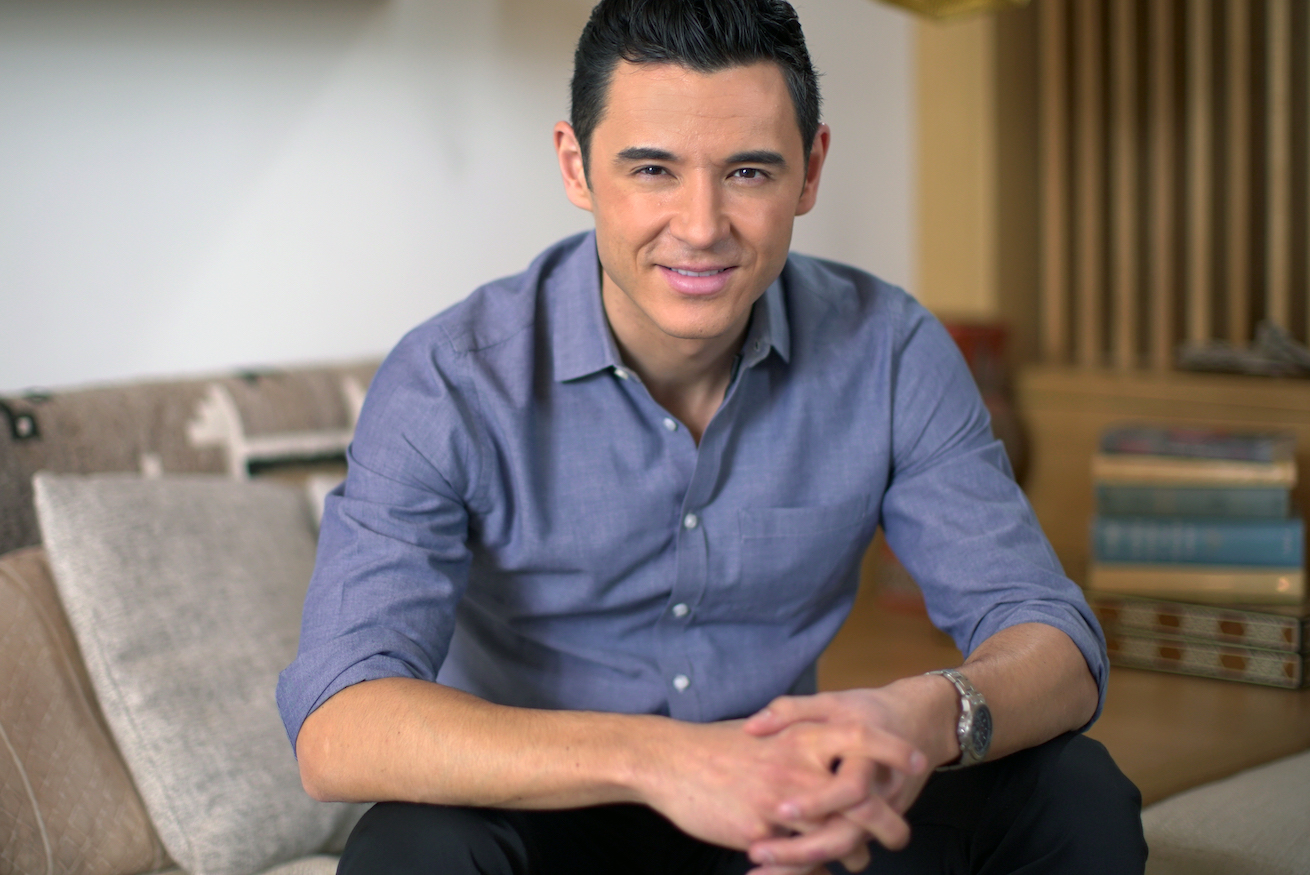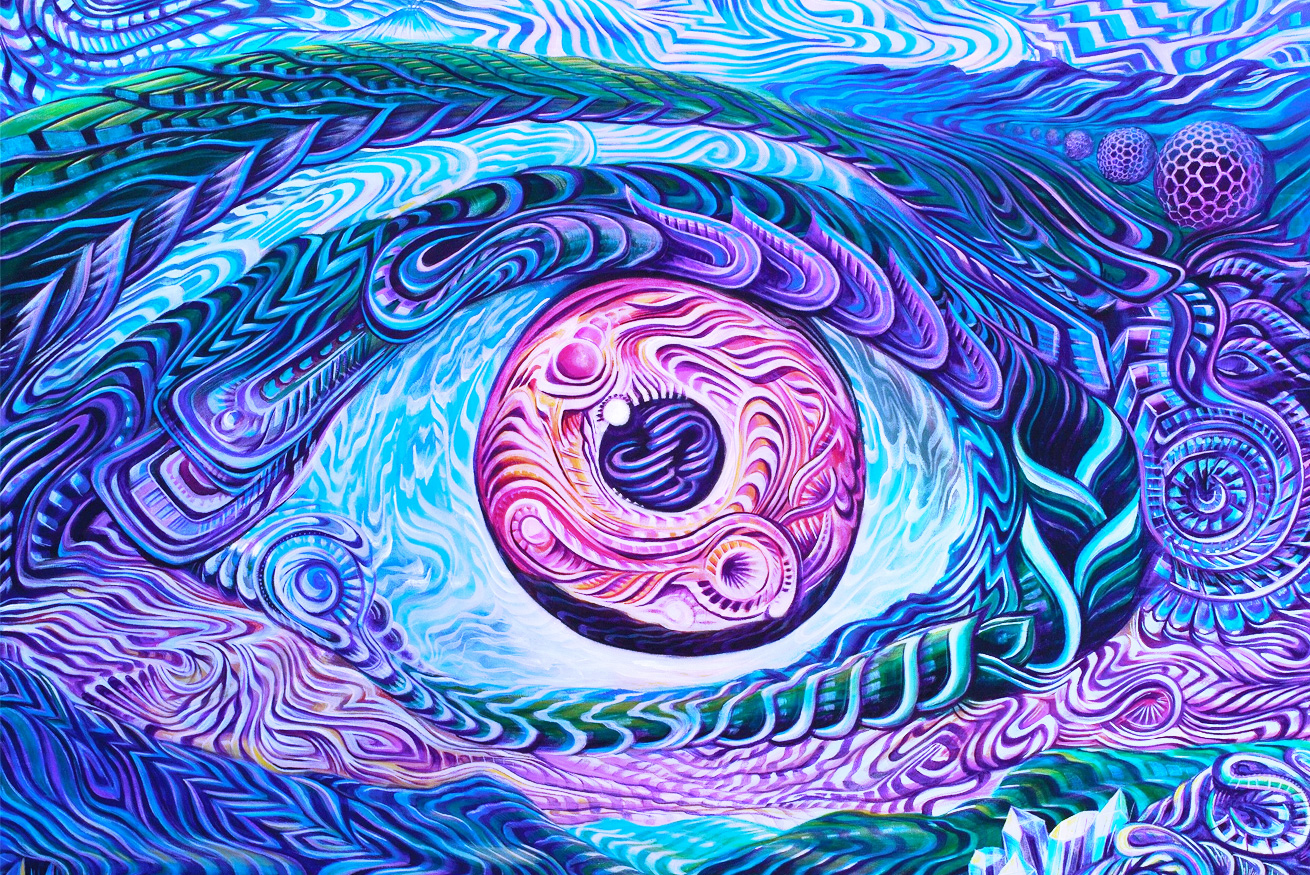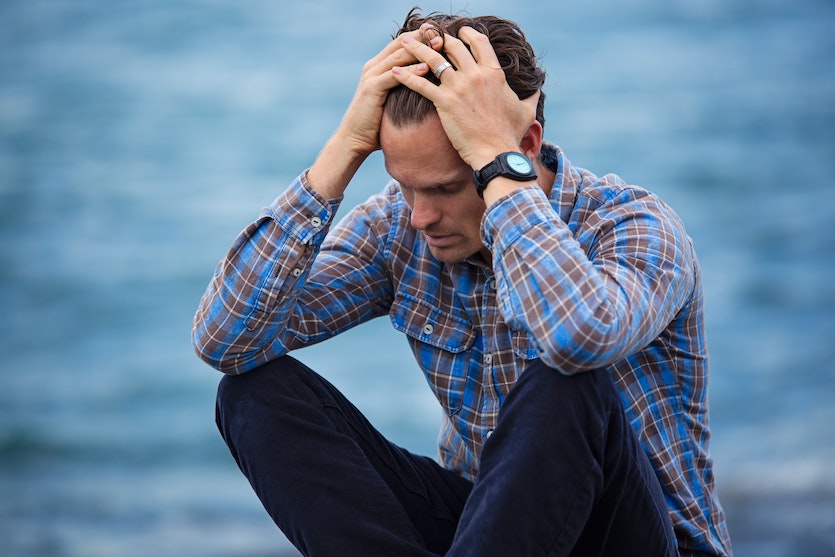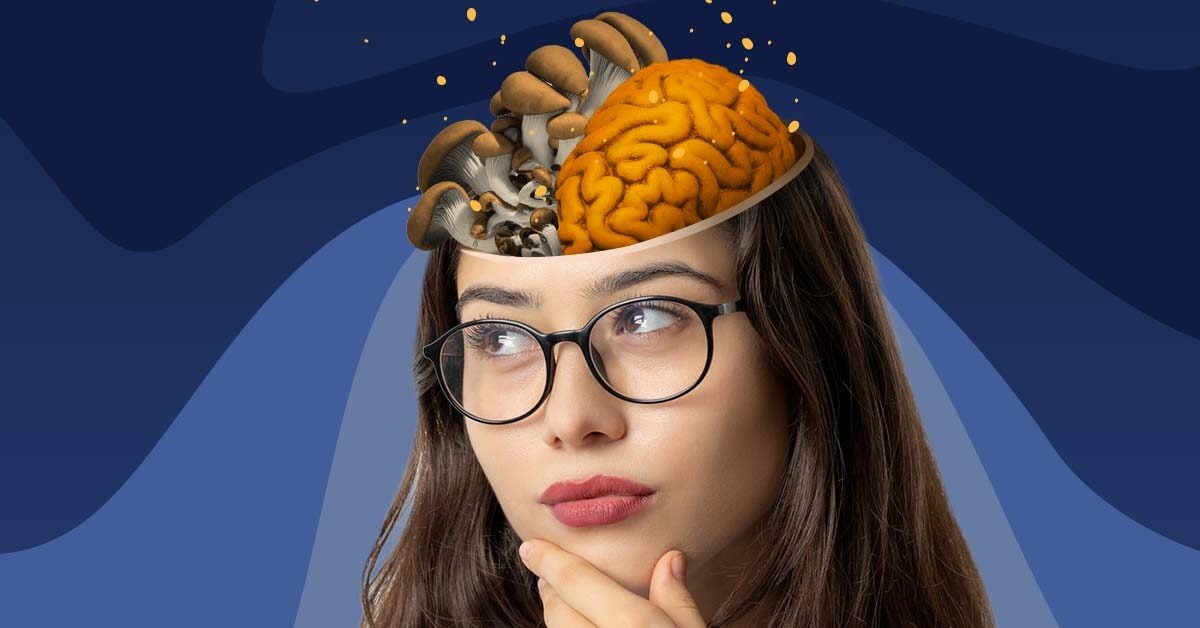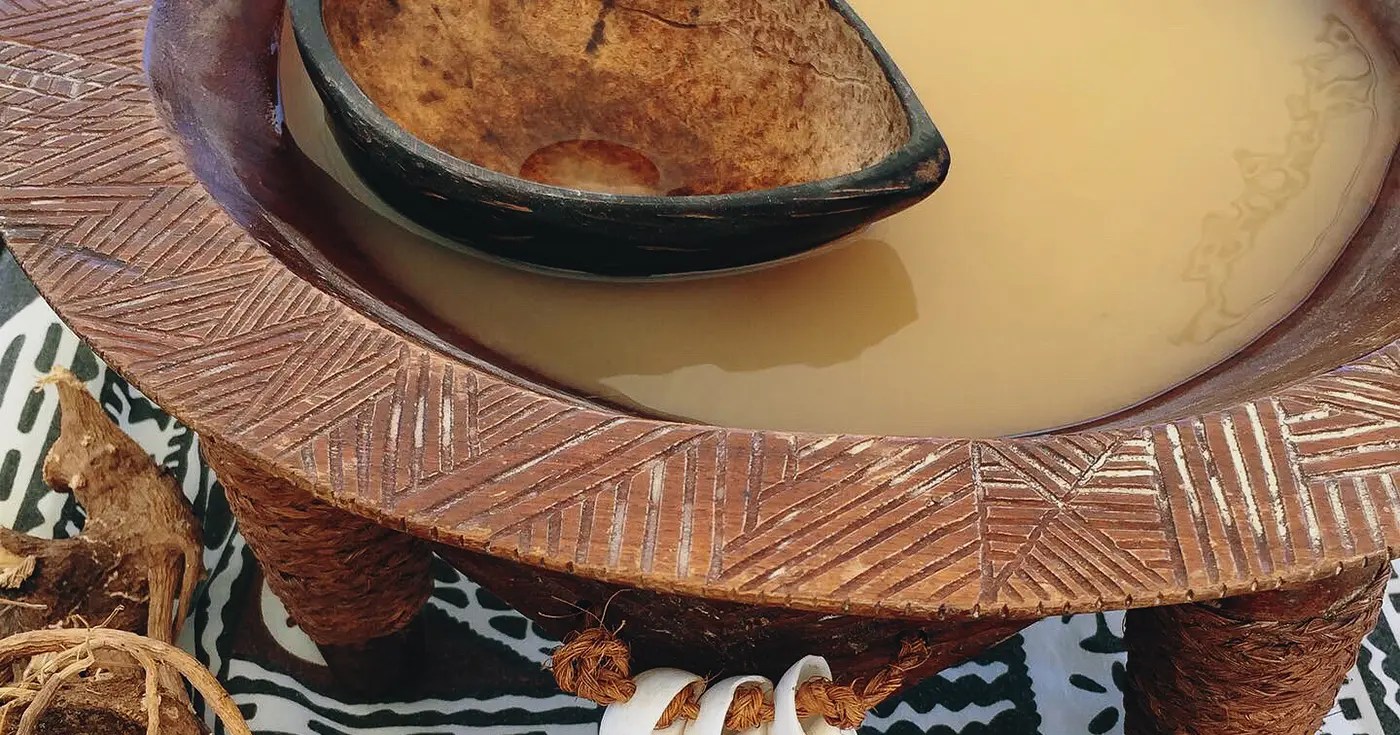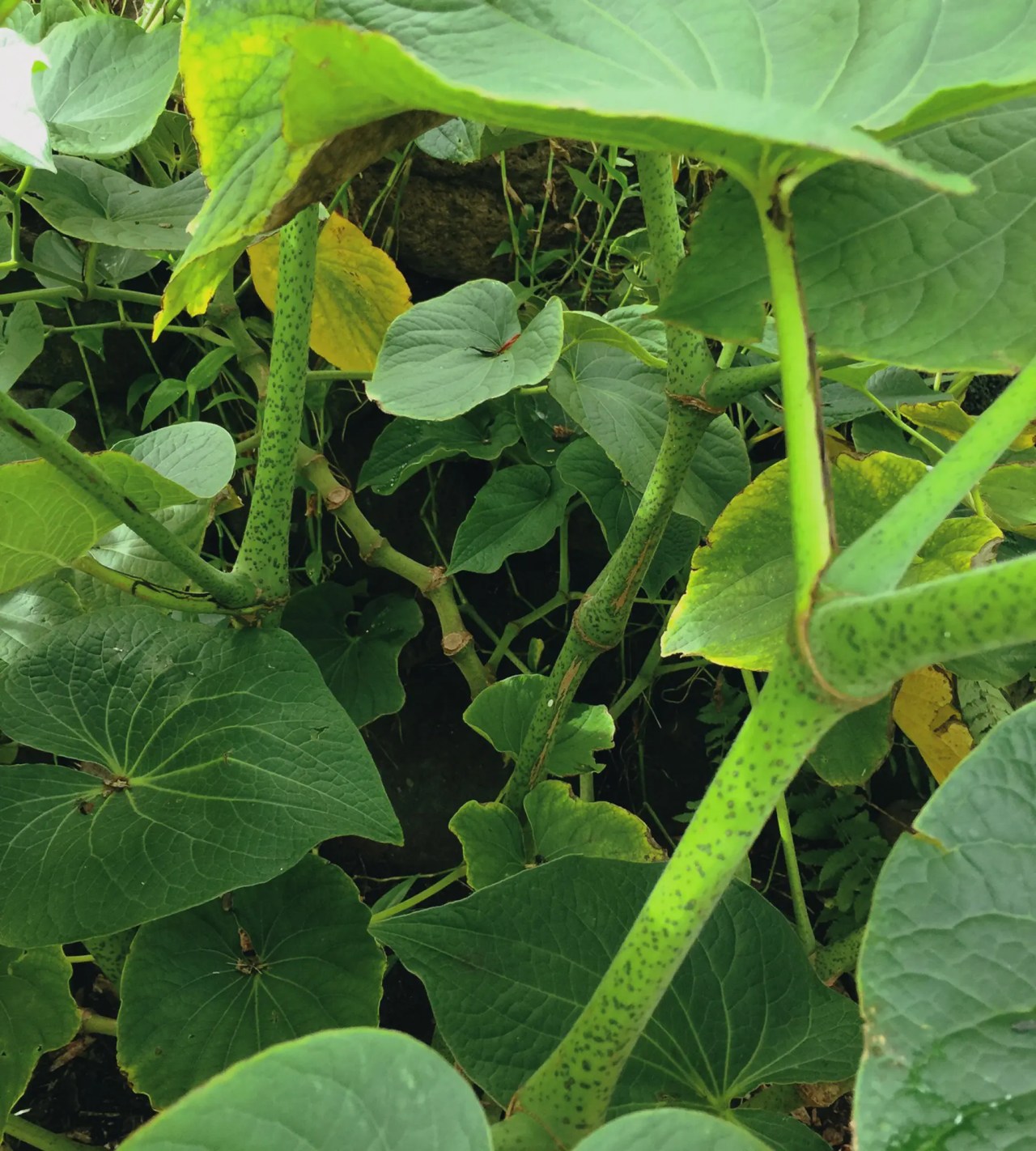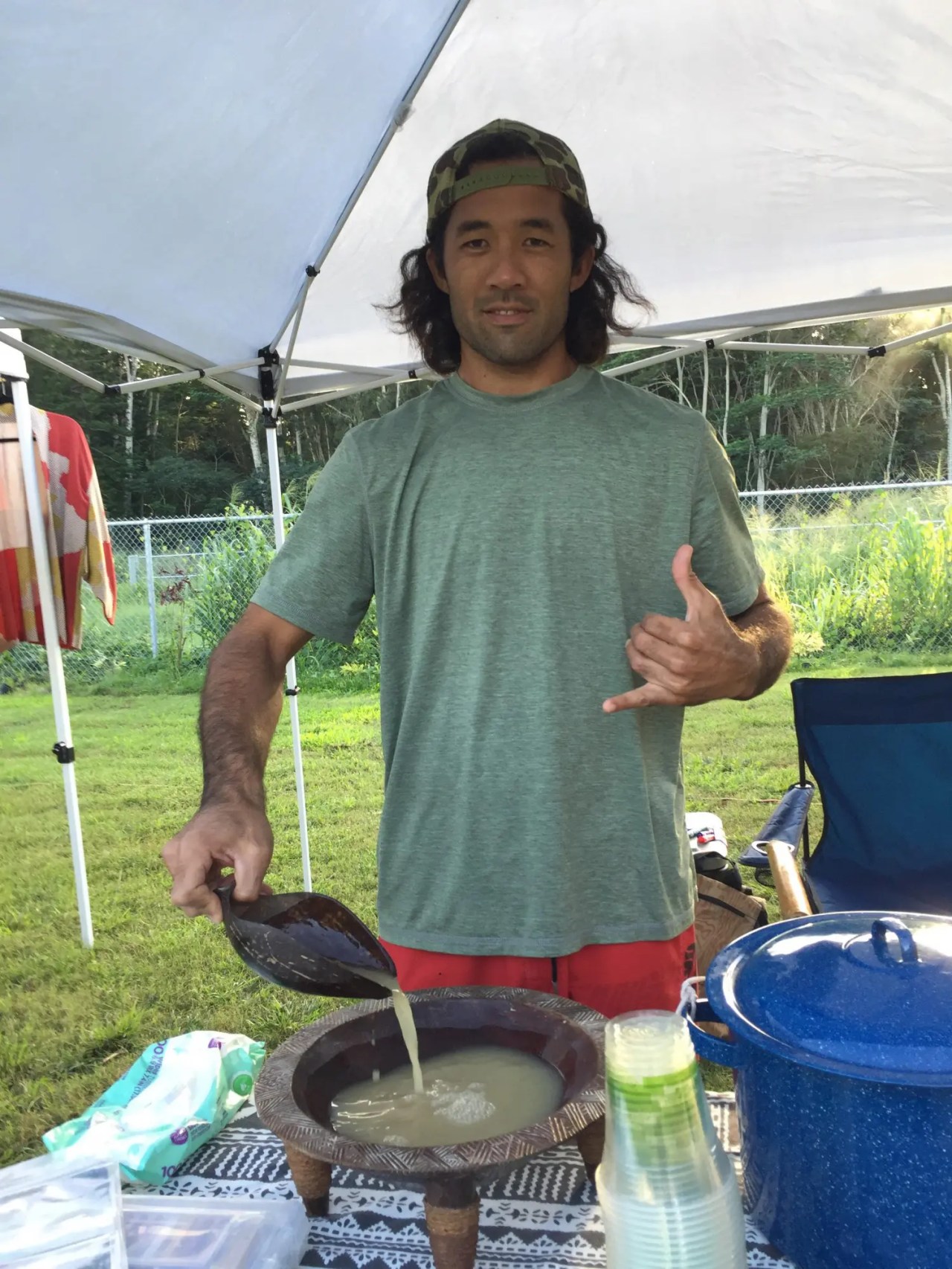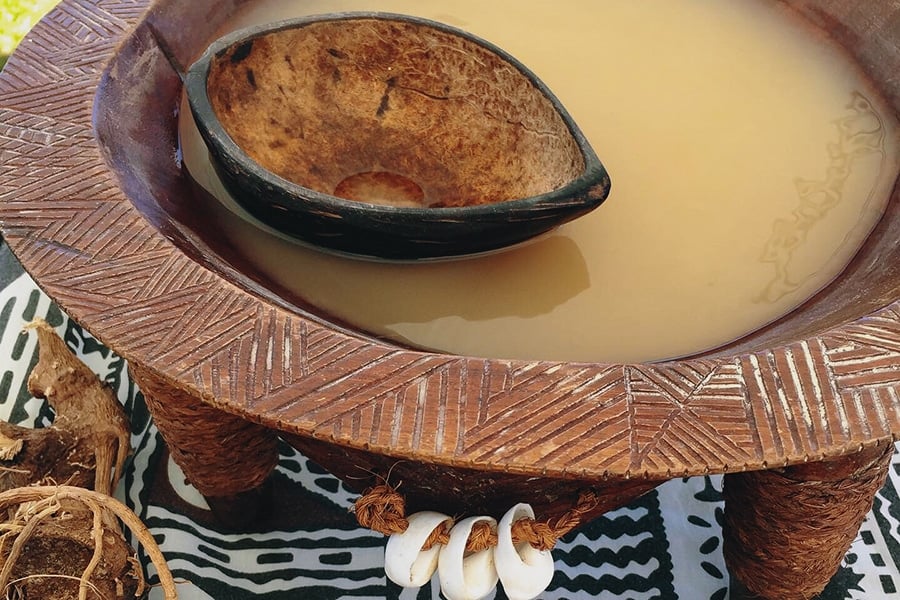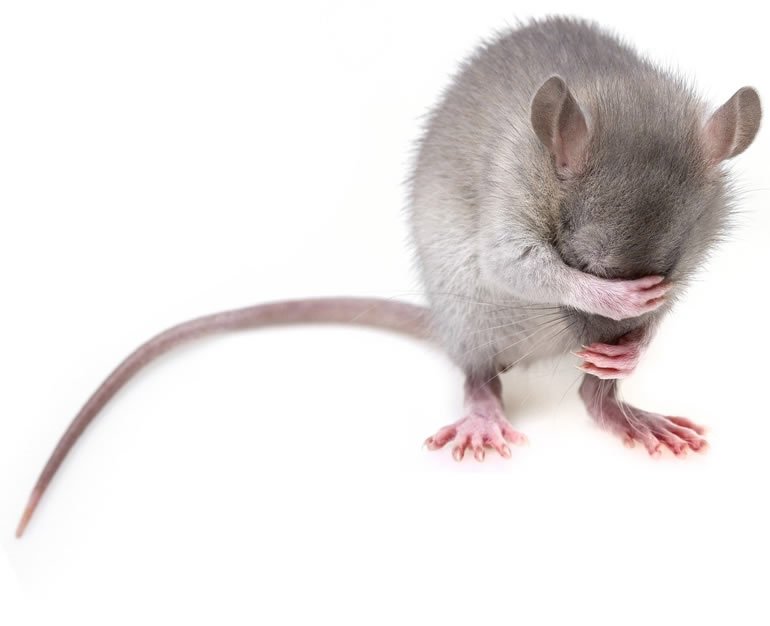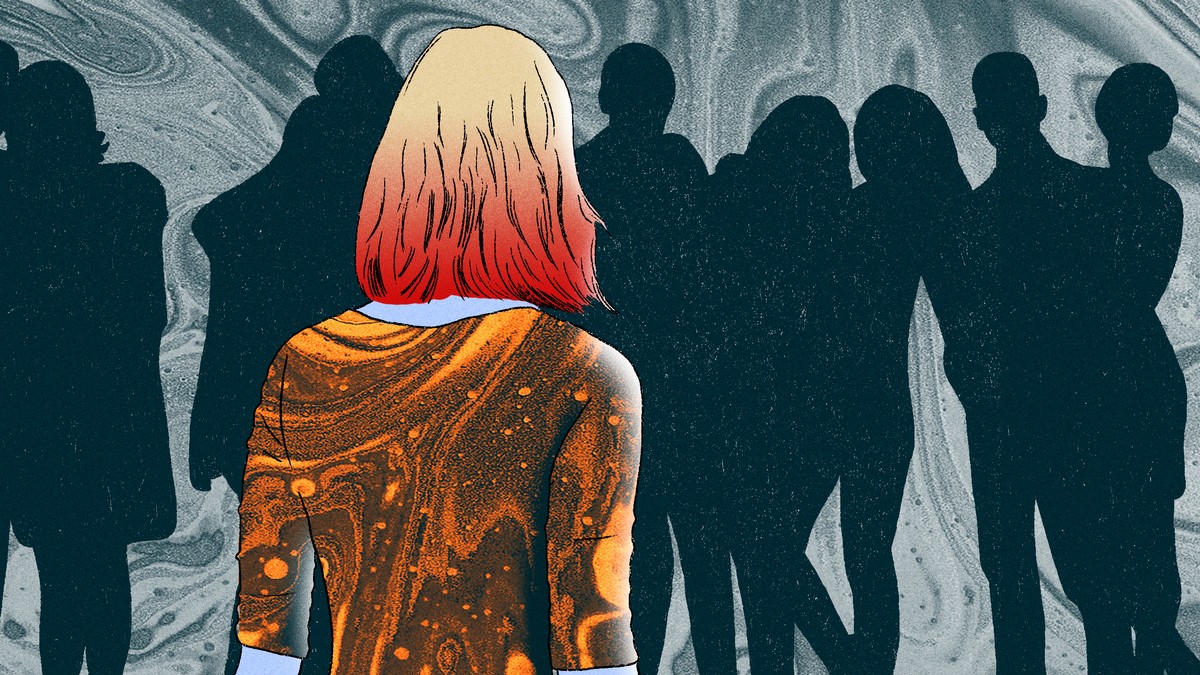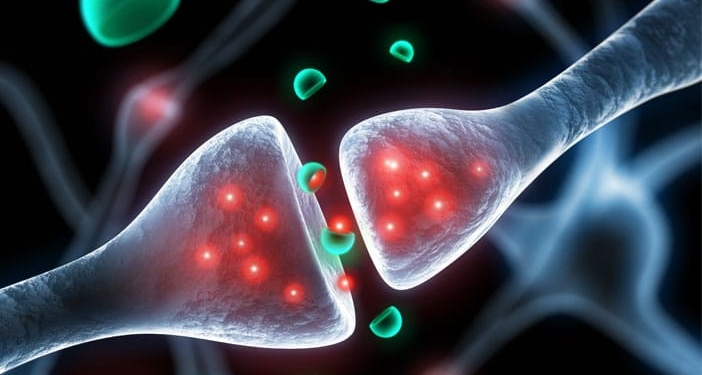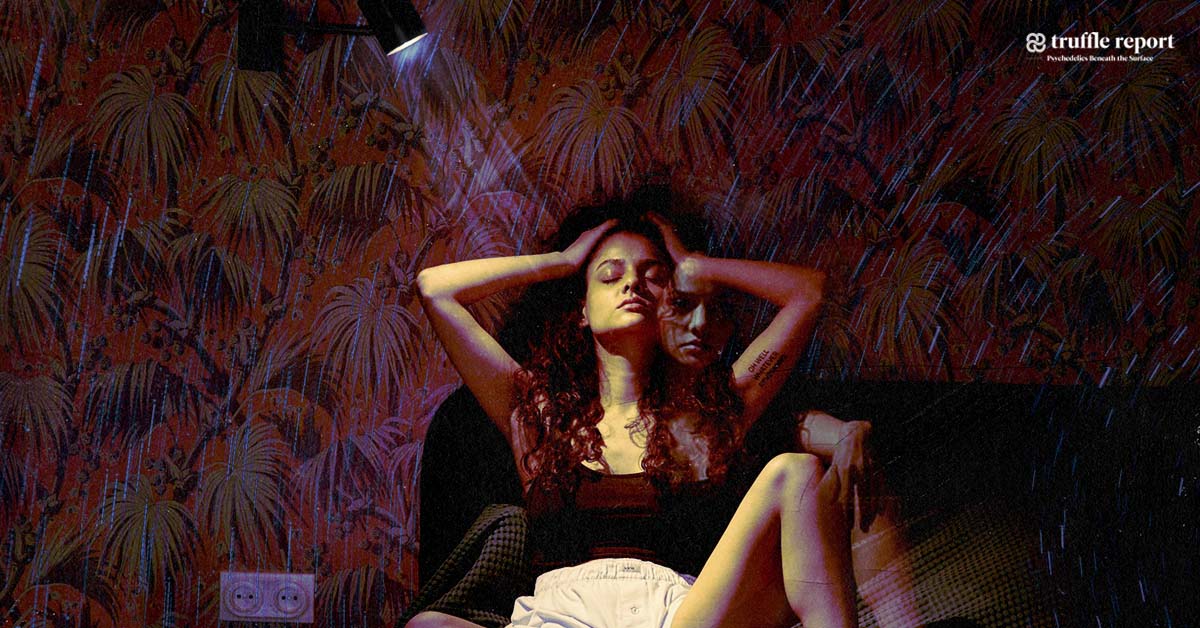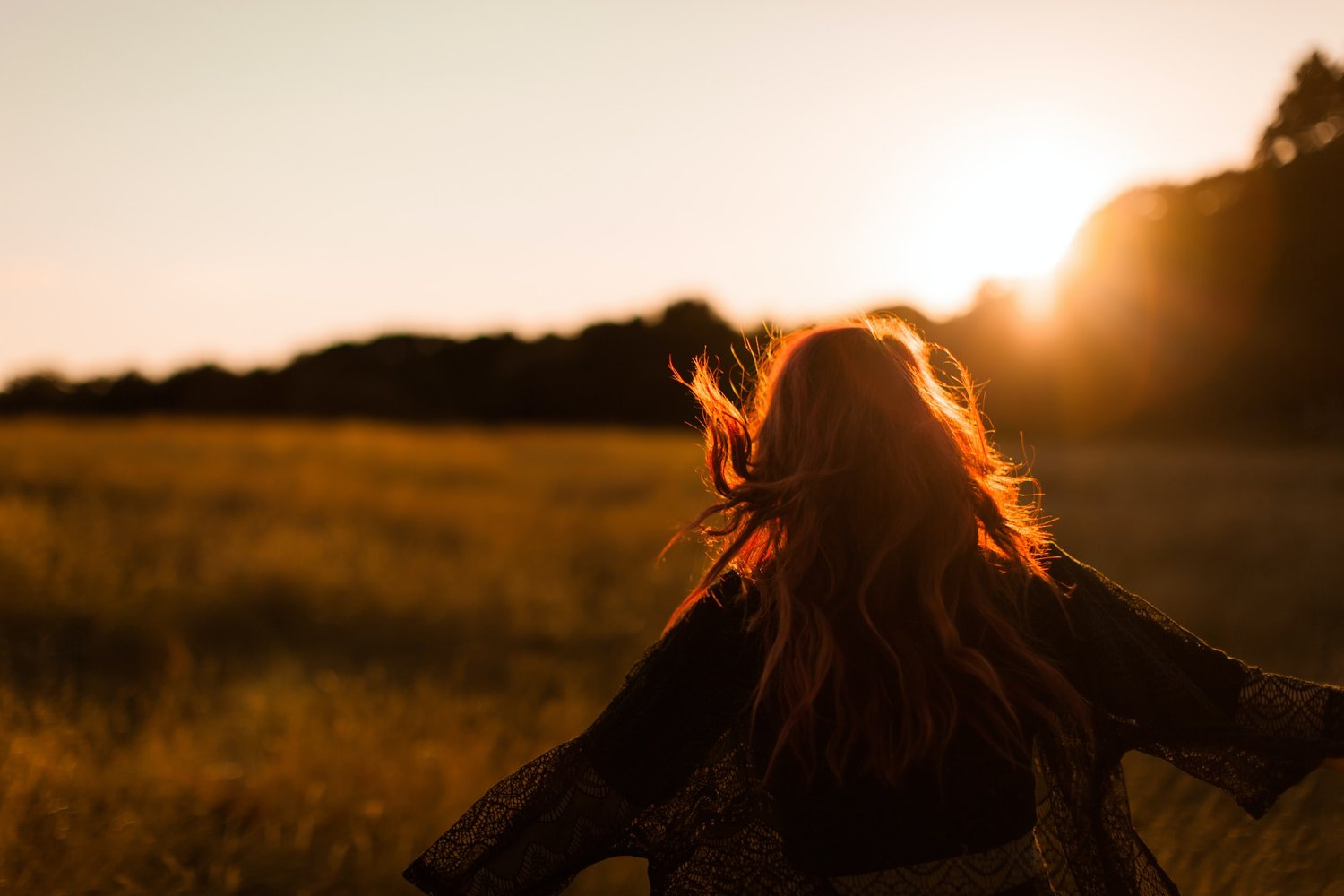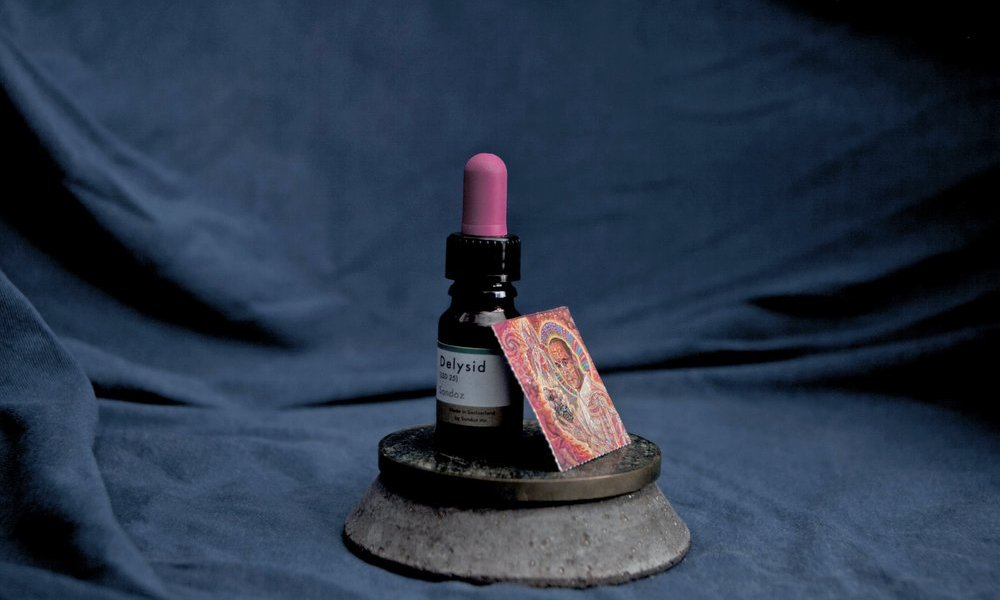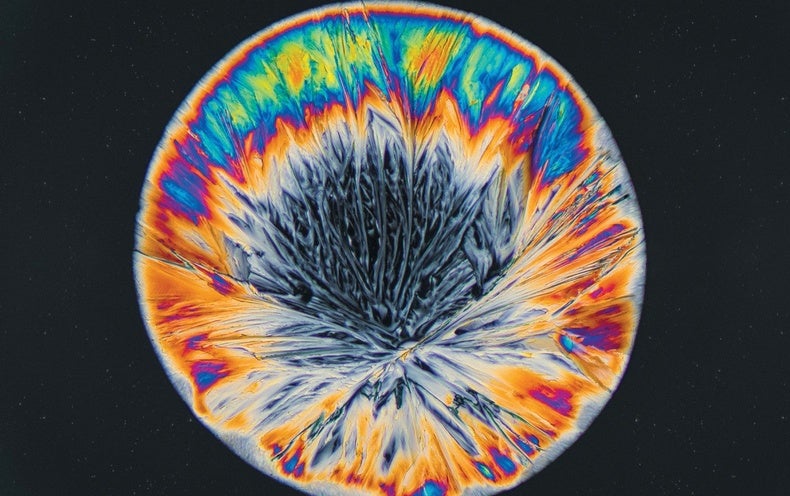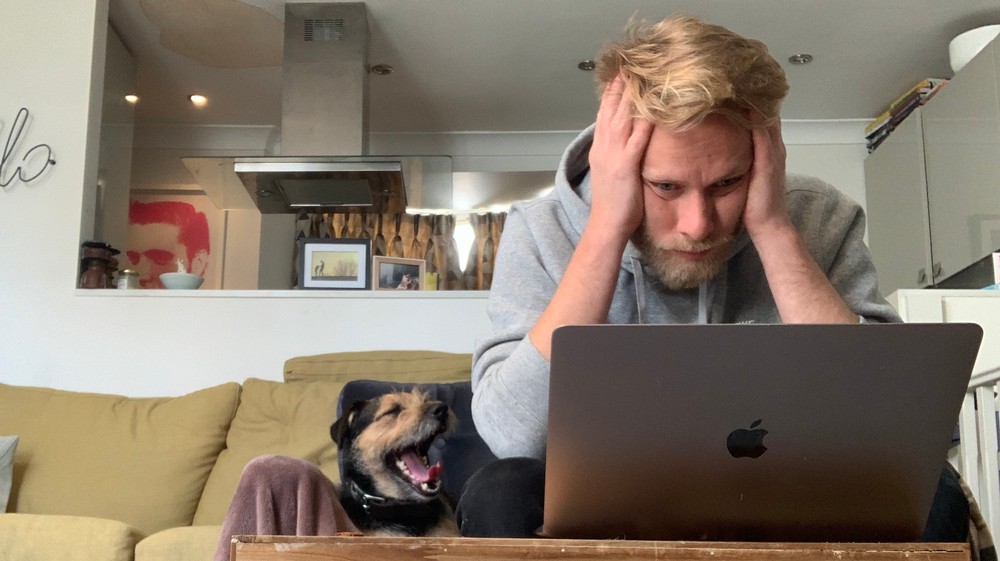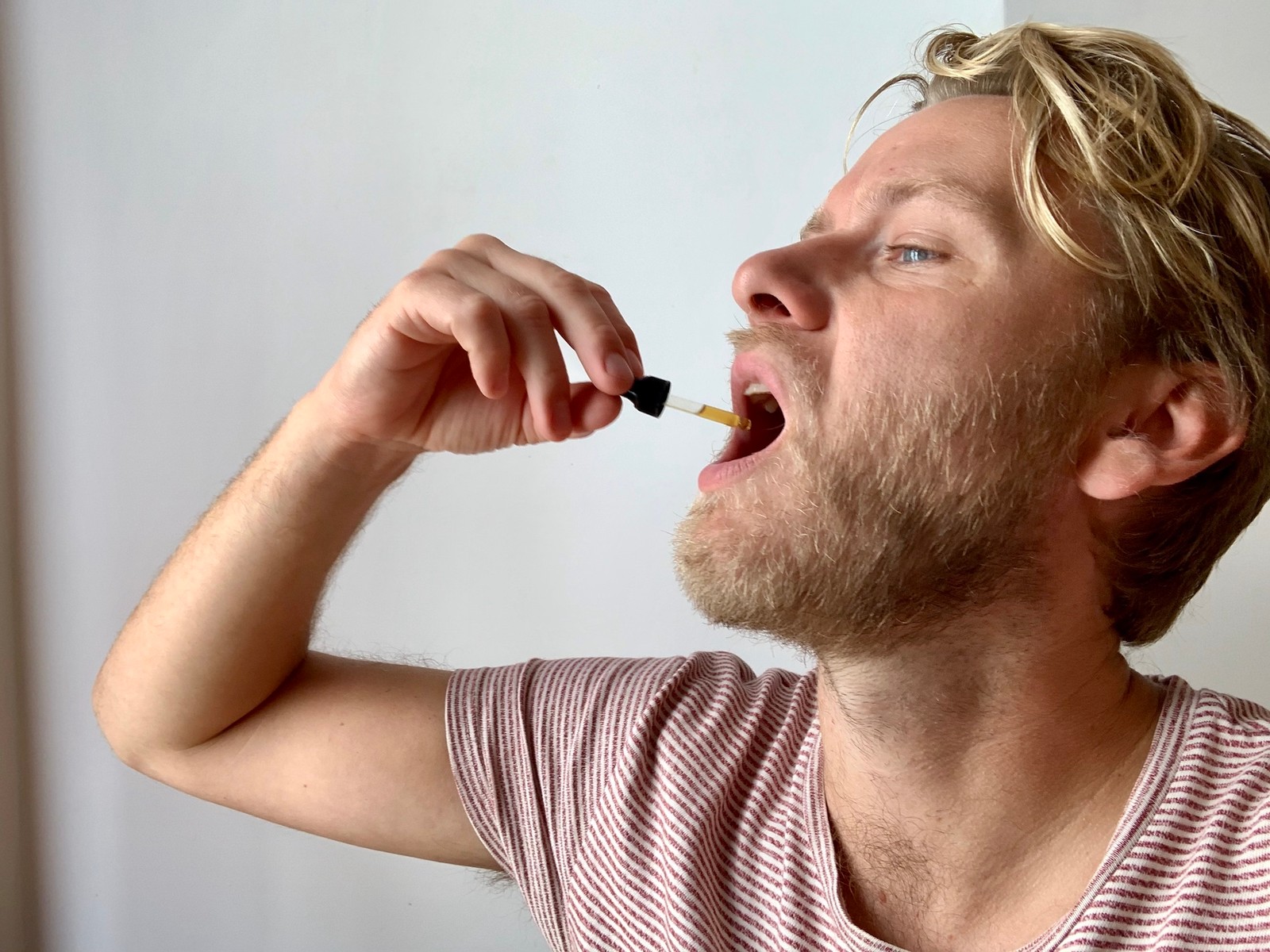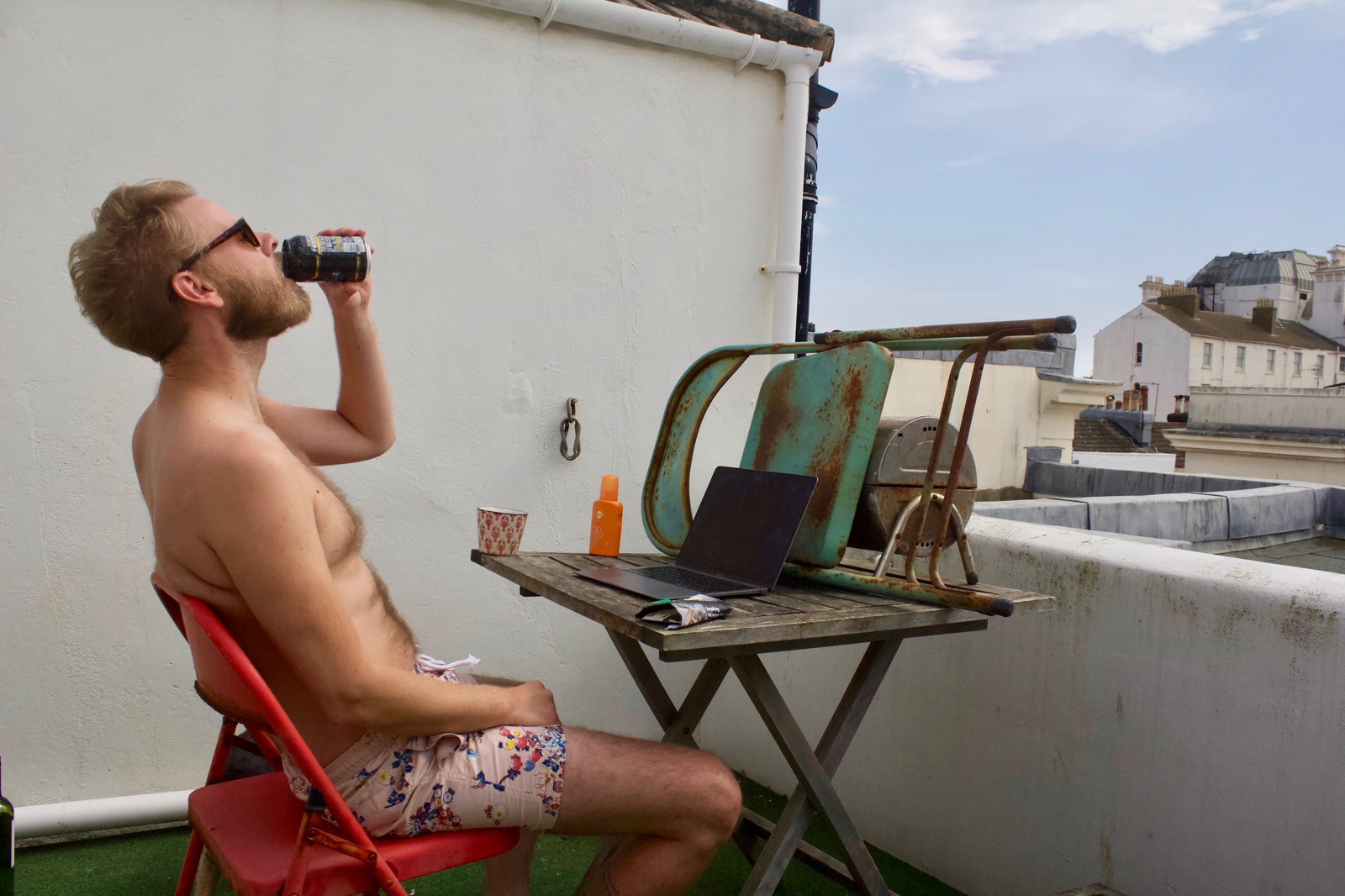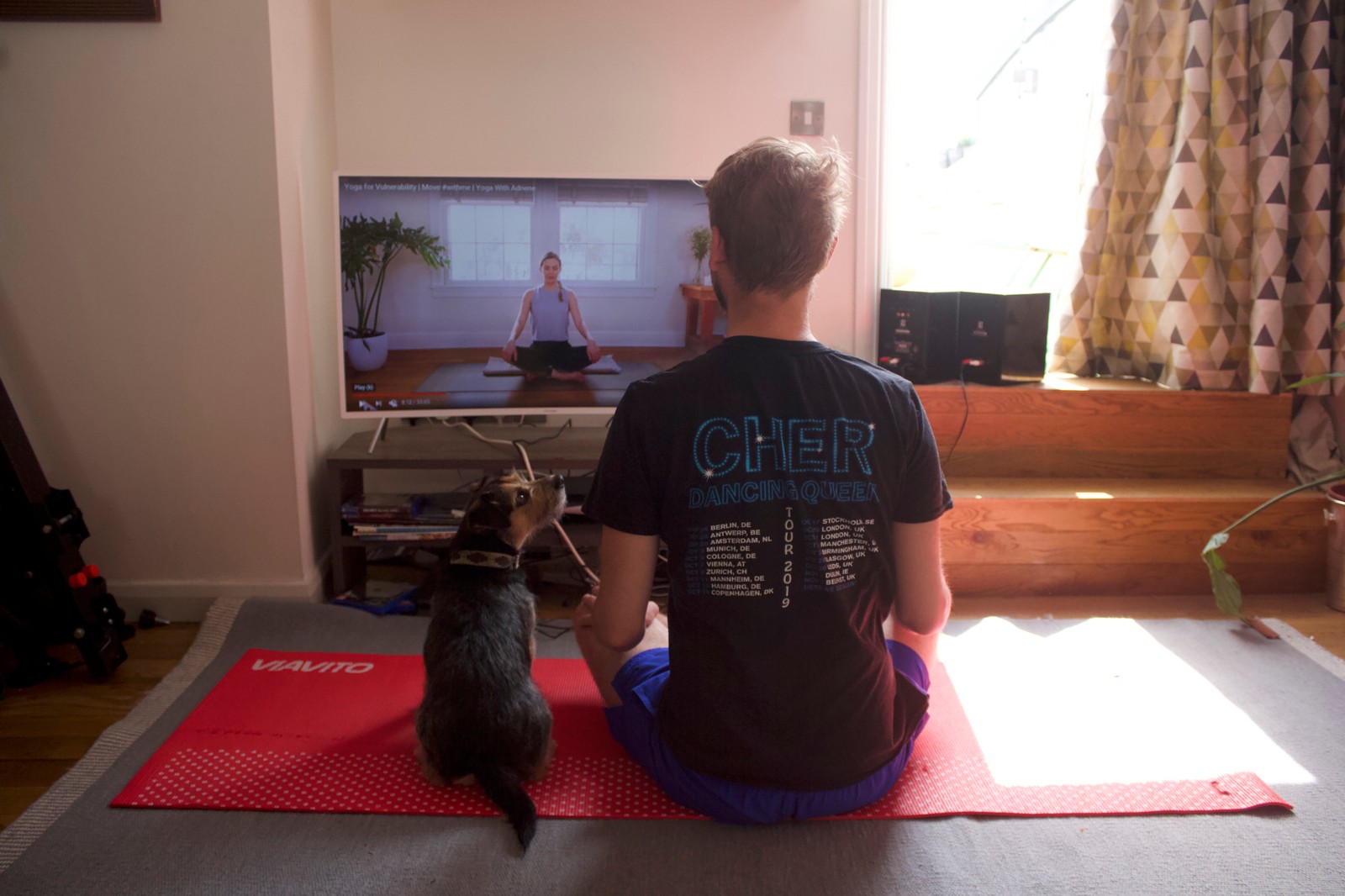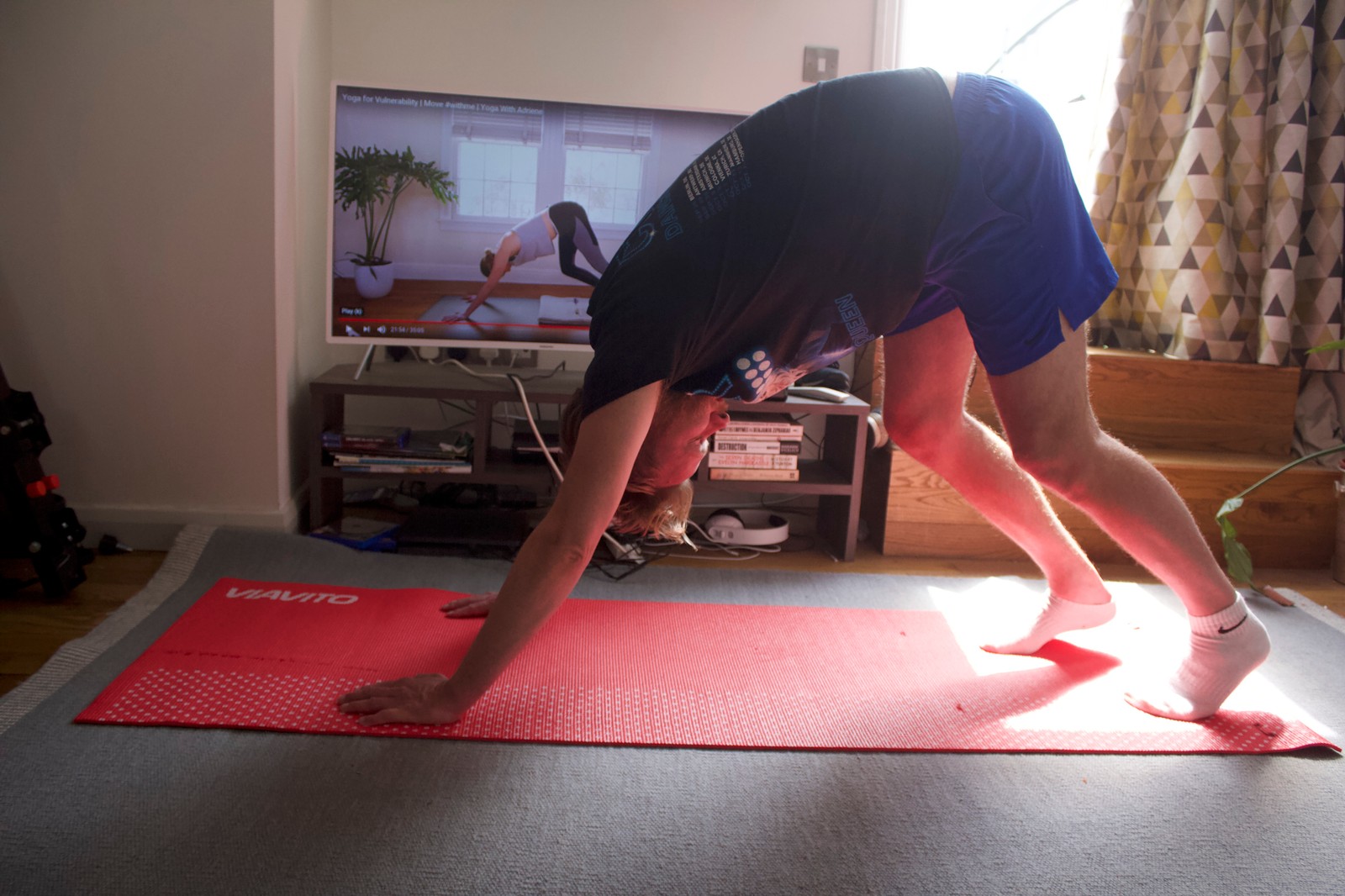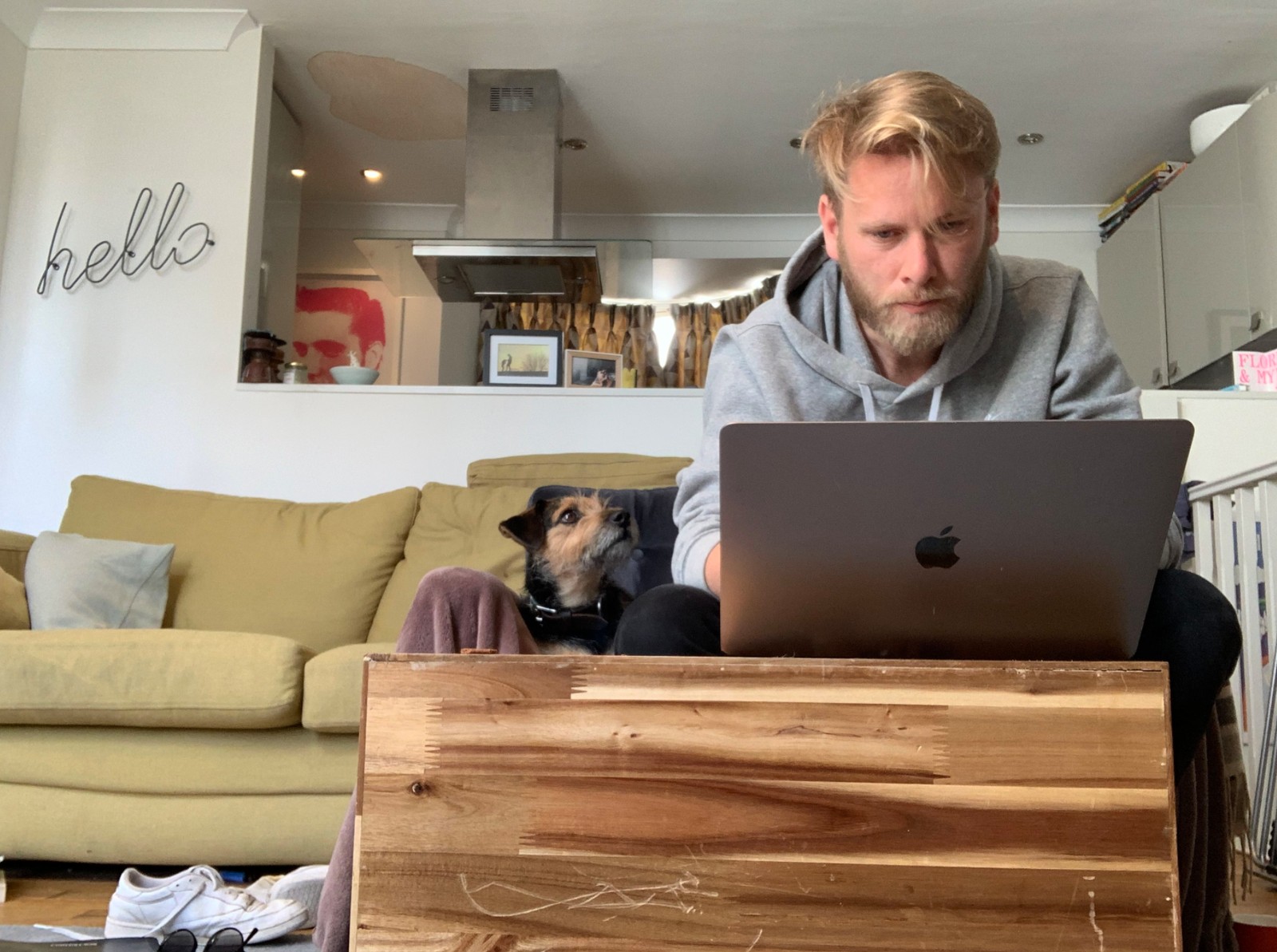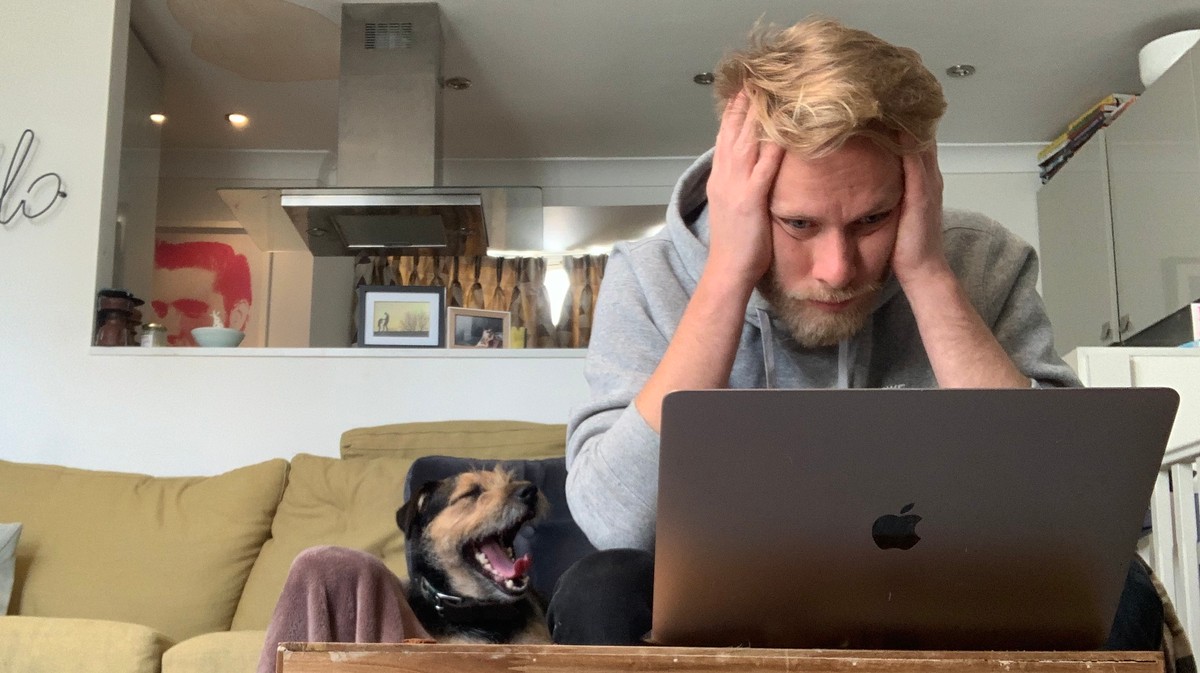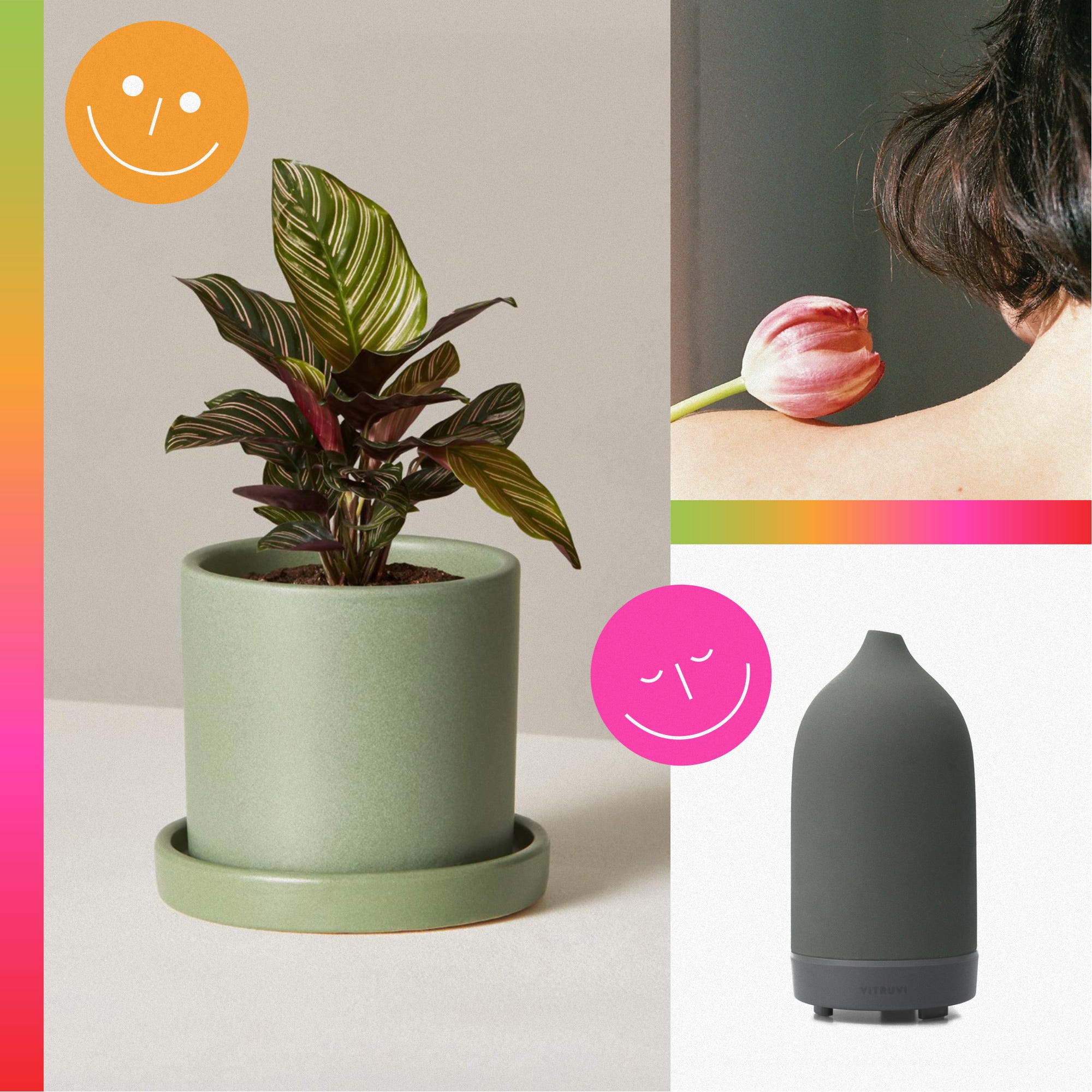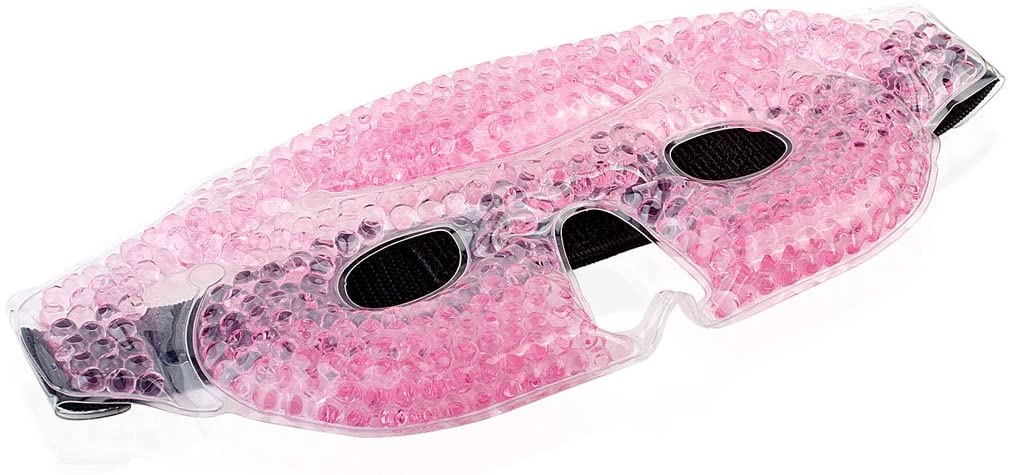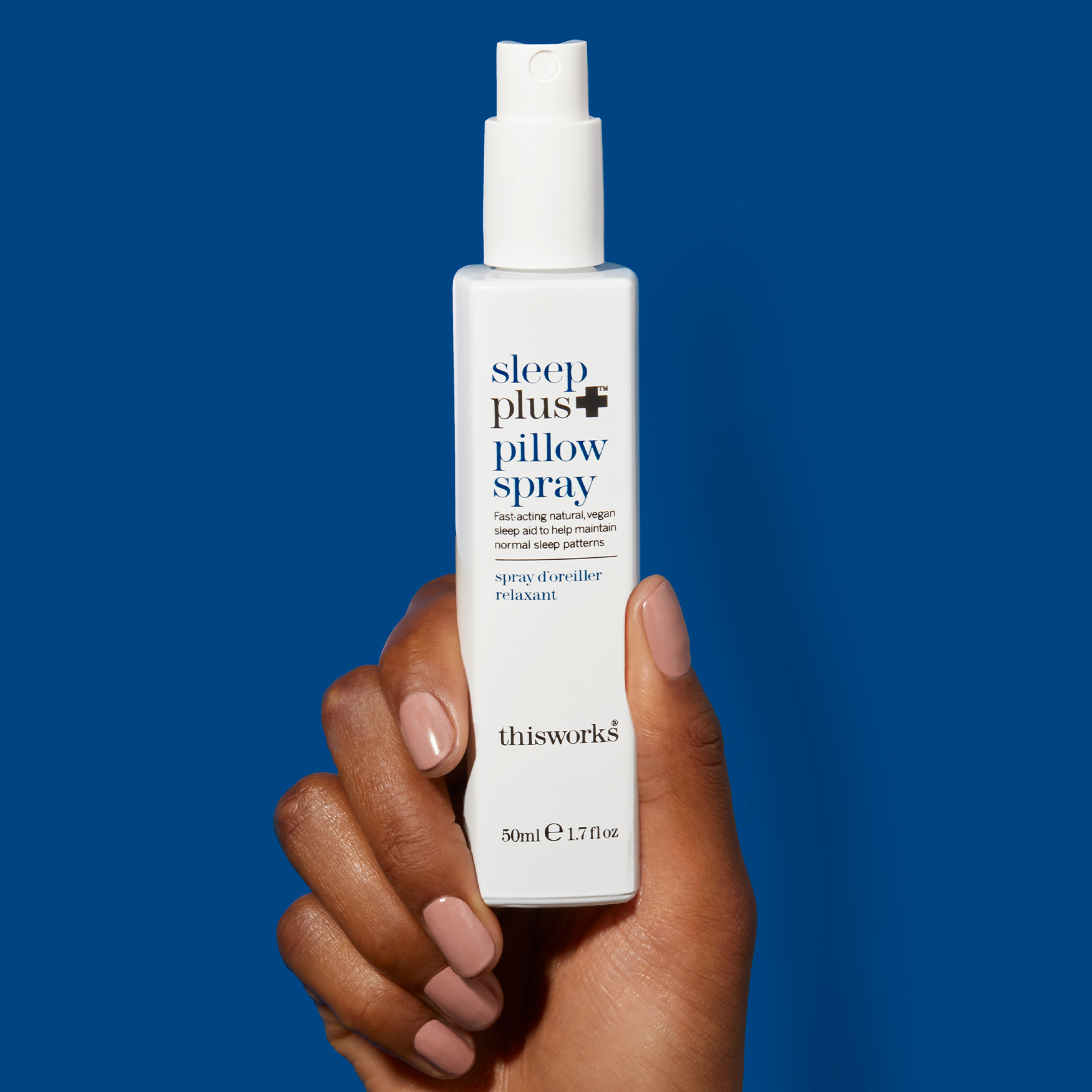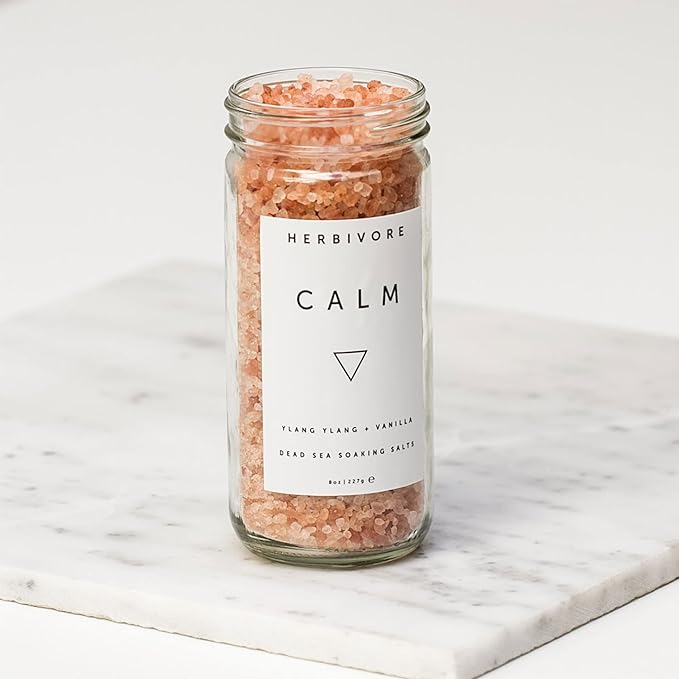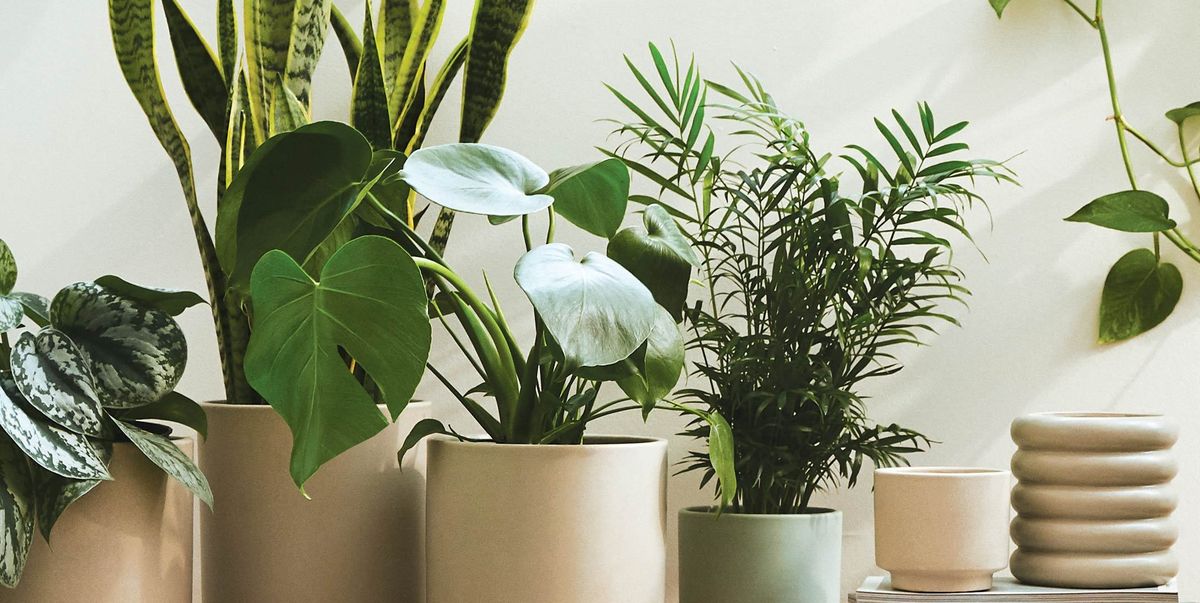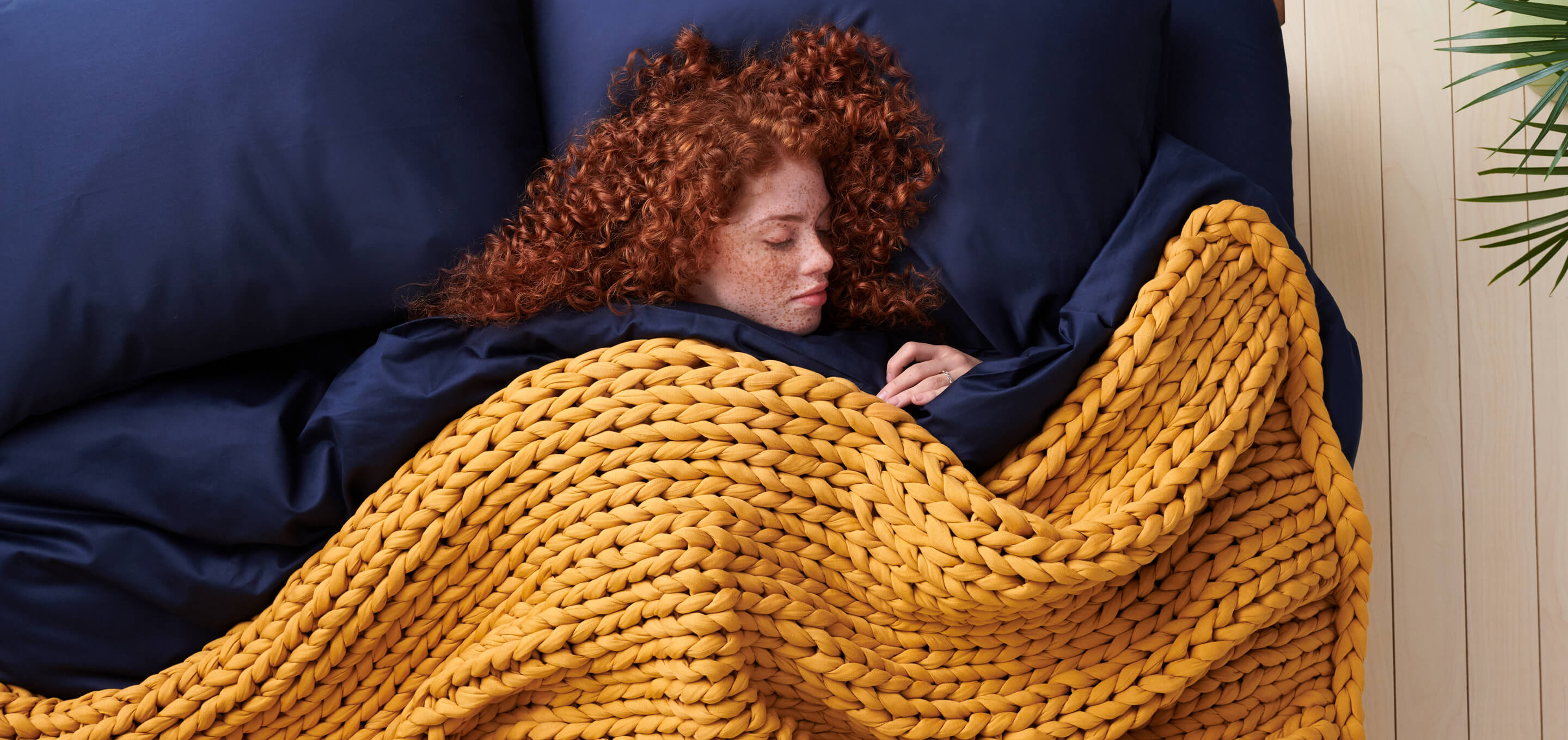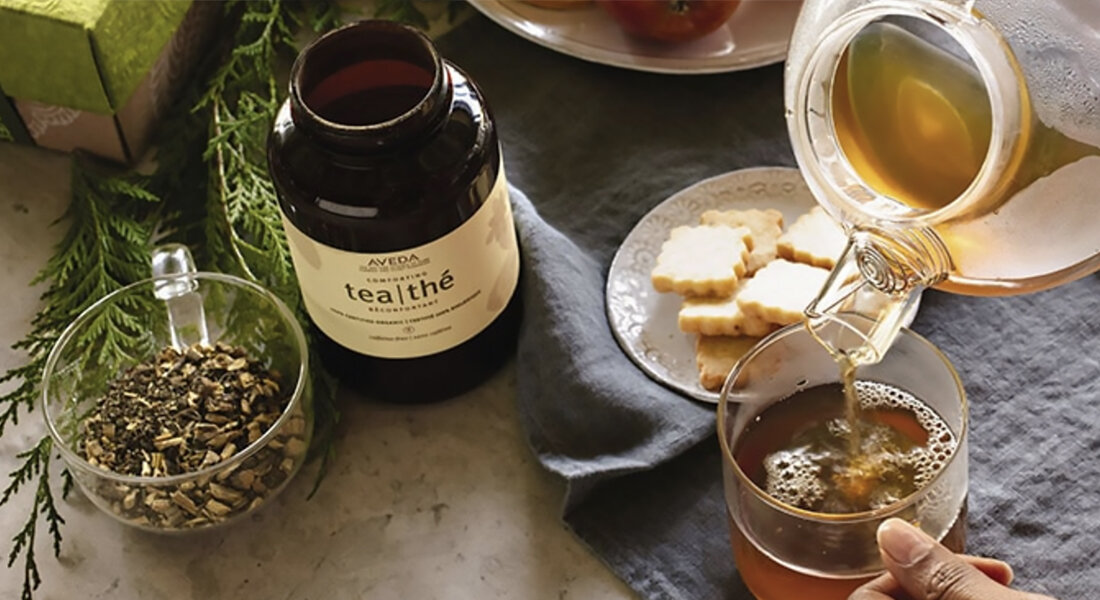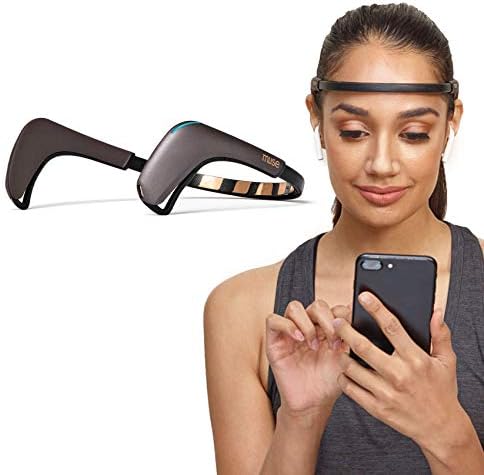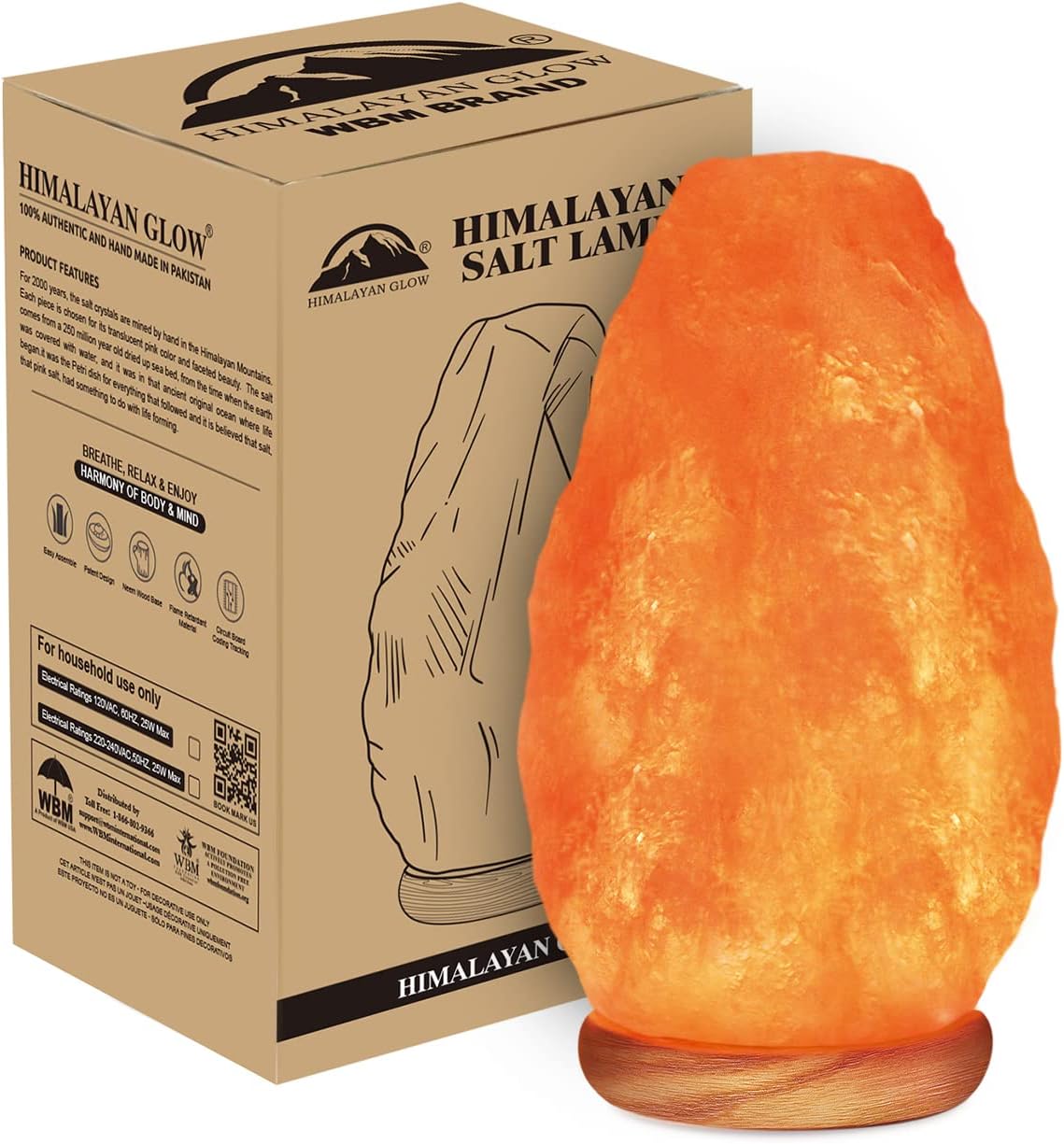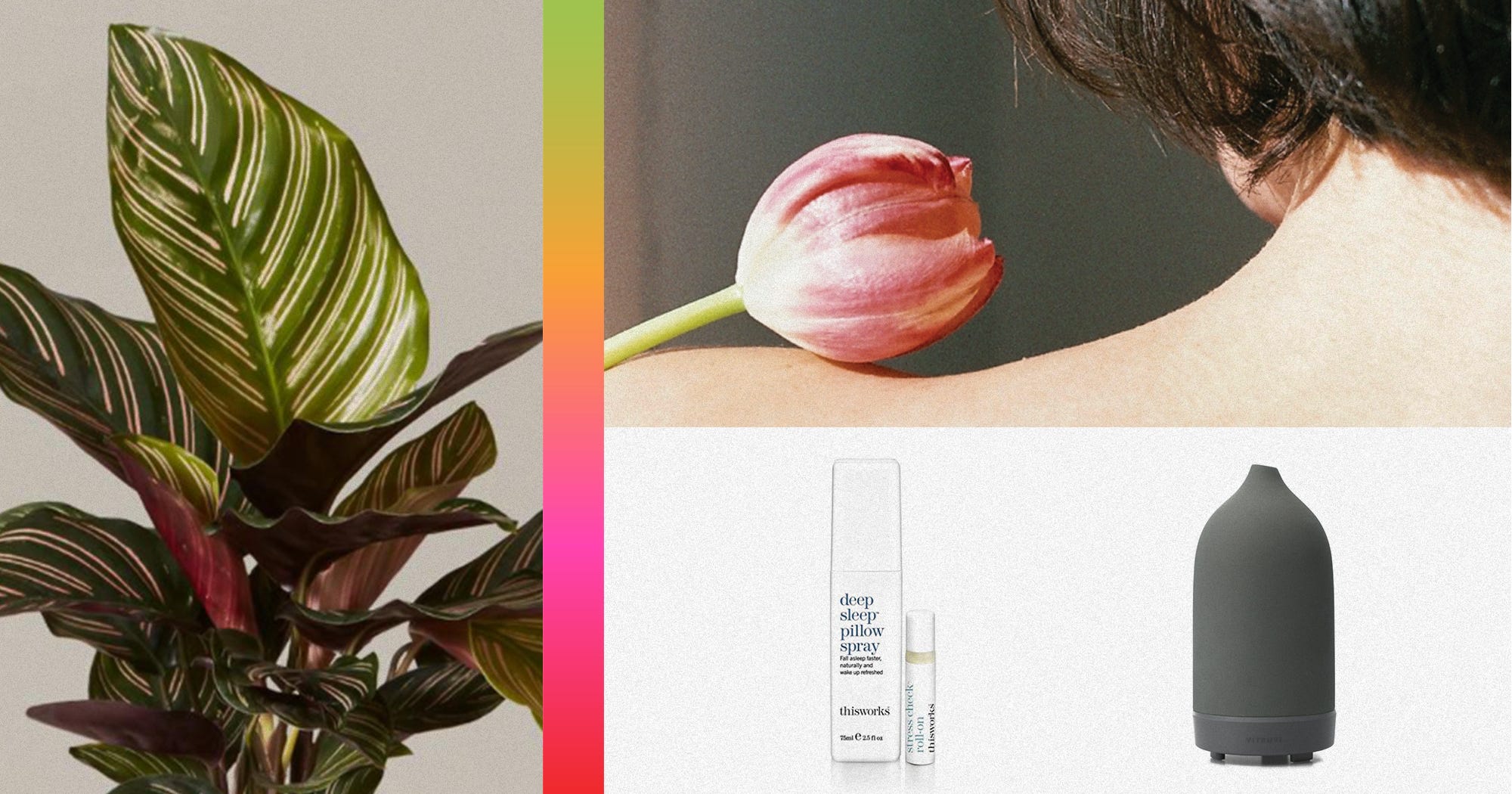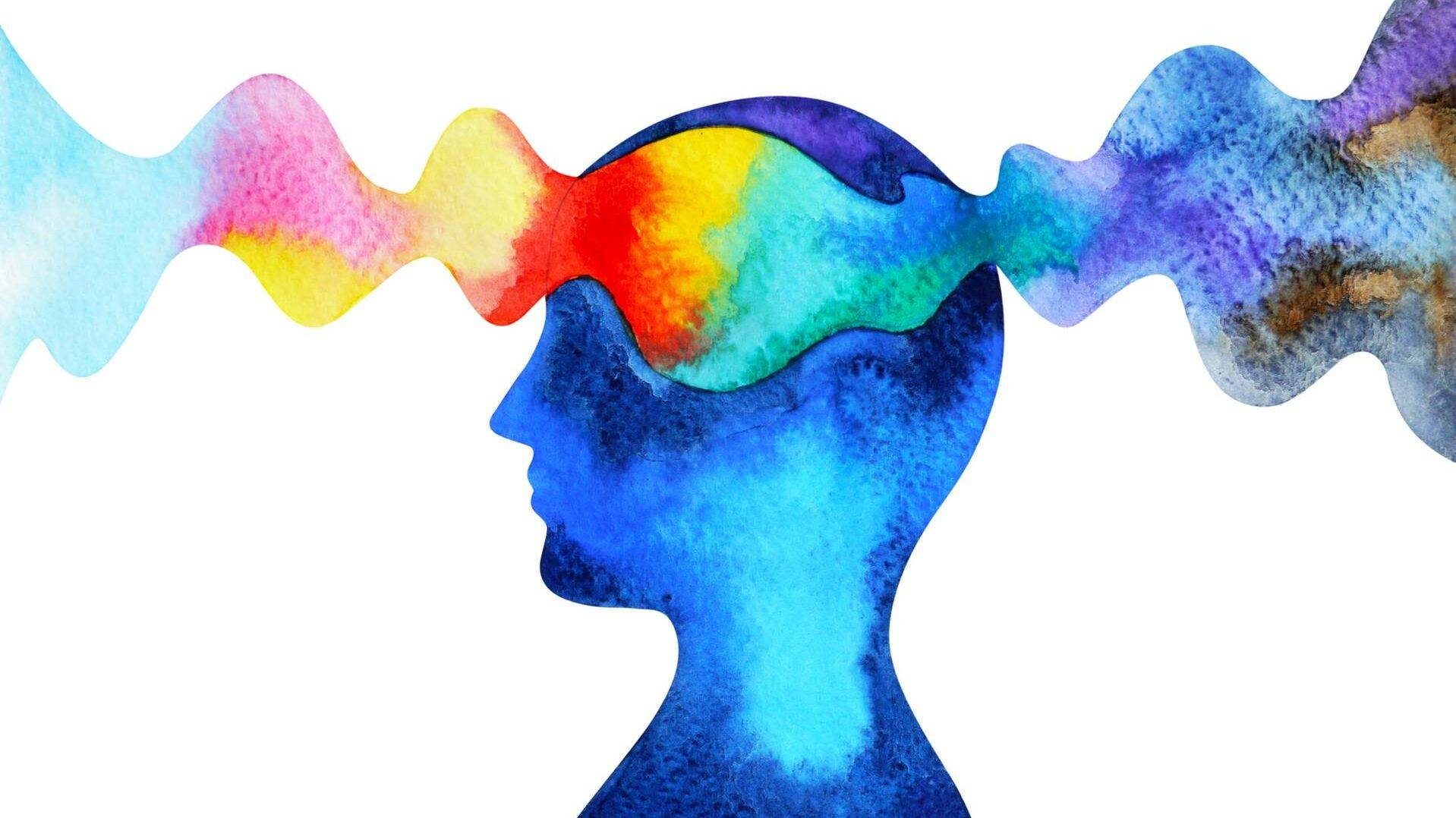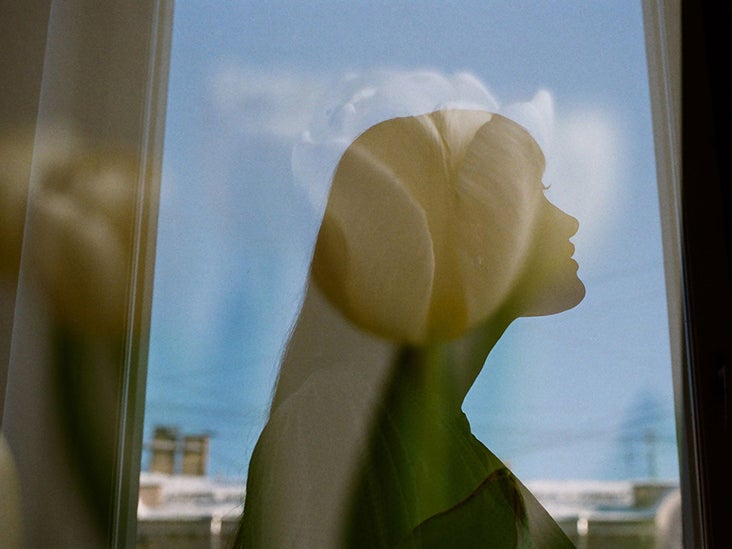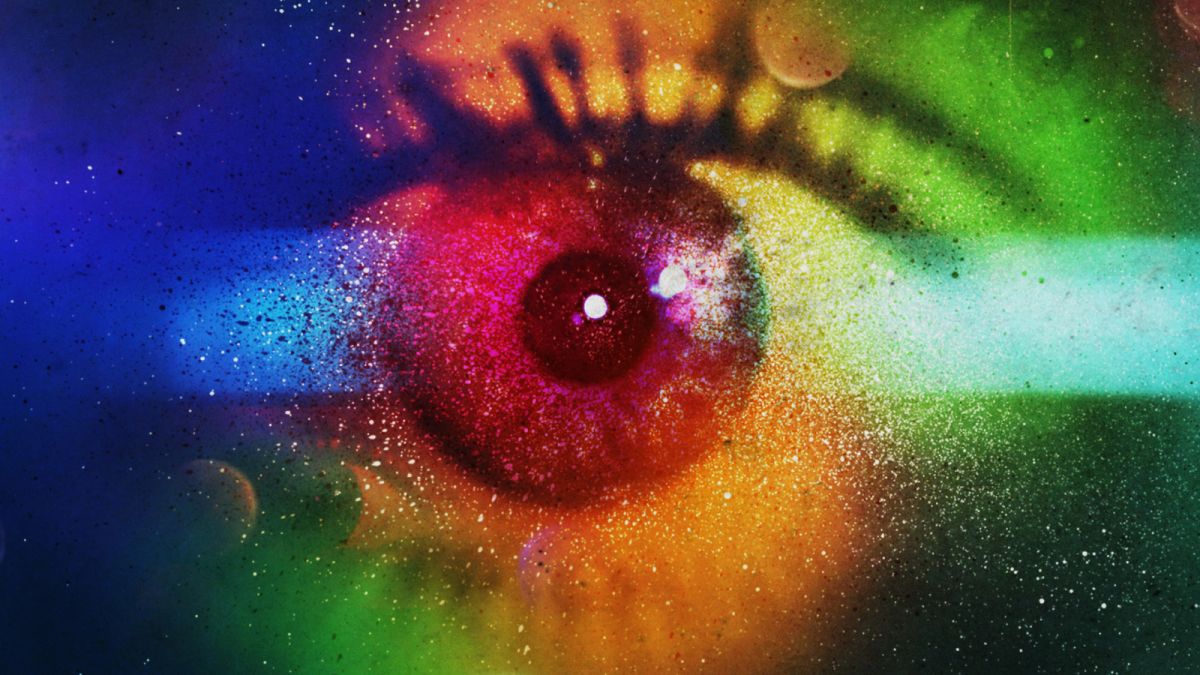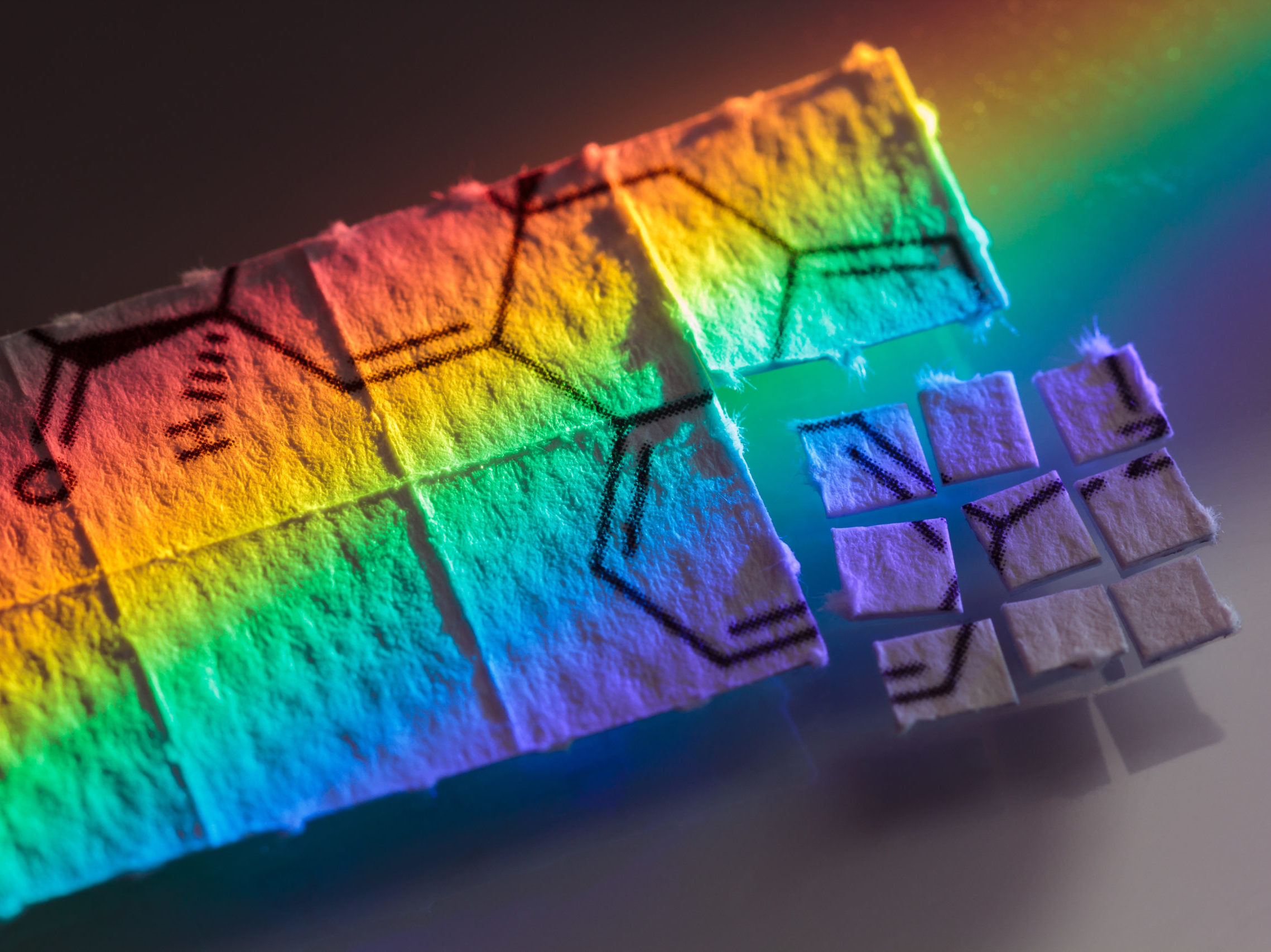mr peabody
Bluelight Crew
- Joined
- Aug 31, 2016
- Messages
- 5,714
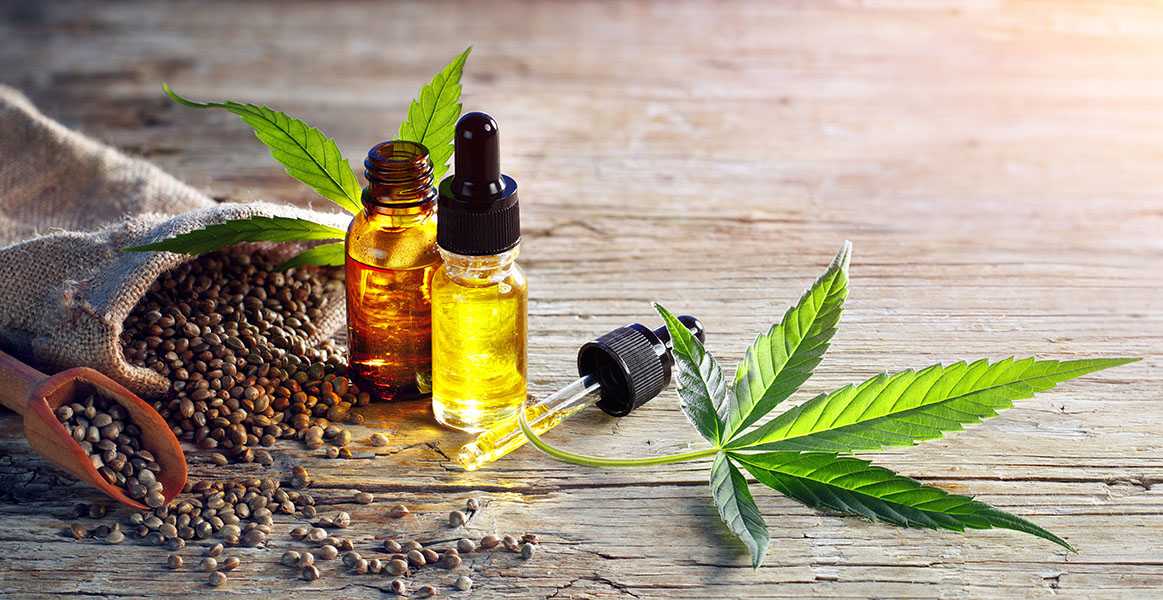
Hemp Elixir: A natural product for reducing stress and anxiety*
by Juno Sisoian | Entheonation
Amma Elevate Hemp Elixir is a fantastic option for anyone who is looking for natural products for reducing stress and anxiety that can be added to any beverage!
Alcohol has long been the household drug of choice used to help take the edge off a stressful day, as well as the mainstay of mood-altering, social libations… followed by weed. But booze can be a downer, habit-forming and unhealthy if over-used, and can turn you into a messy drunk nursing a hangover full of regrets the day after.
Weed can make you too high to speak, or paranoid, bringing on other socially undesirable consequences. Kava kava is a little harder to come by – kava lounges are few and far between, and too much of it can make you feel like a blissfully tranquilized rhino. What could you use instead to take the edge off, as well as offer in a social gathering, if you don’t wish your party to descend into drunkenness, or turn into a smoke den?
Amma Healing’s Elevate Hemp Elixir might be the healthy, mood-enhancing alternative for people who wish to be emotionally uplifted, without being socially compromised.
I recently moved into a new household where a few of the members don’t drink alcohol at all. I’ve never been much of a drinker myself, but I’ve always enjoyed a good cocktail or glass of wine at social gatherings in particular. Seeing as my new roomies didn’t partake in booze, it became my pursuit to investigate mood enhancing refreshments we could all enjoy.
Everyone in the house is on board with hemp, so we gave it a whirl with some homemade hemp elixir cocktails. The effect it had was mellowing and relaxing, without making us feel sleepy. I feel like it aided in smoother conversation and helped me adapt to a new social situation by minimizing some of my social anxiety. Everyone enjoyed it and it’s become a sort of ritual now that I make a hemp elixir once or twice a week when we all want to hang out, play music, or have people over.
What is hemp elixir?
Amma Healing’s Elevate Hemp Elixir is similar to CBD oil, but with some key differences. The elixir is a CBD-infused product with the added benefit of fatty acids to aid in absorption. Instead of an oil base, it uses fatty acids, glycerin, and quillaja extract; a plant-based emulsifier. The result is a tincture-like product that blends beautifully with other liquids, making it an ideal ingredient for a relaxing mocktail. The hemp elixir is a bit more potent than the CBD oil, so a little bit goes a long way.
Why use hemp elixir?
These are stressful and uncertain times, and it’s easy to turn to alcohol or drugs to try to offset the anxiety and tension. However, many people are looking for natural alternatives that won’t leave them feeling hungover, but will actually help to shift their mood and mindset.
Personally, if I’m going to take the time to prepare a mocktail, I want something with a little more panache than just spritzer water with fruit juice and mint. I’m looking for potions and plant extracts that are going to really add dimension to the drink. Amma Elevate Hemp Elixir has a genuine effect on your mood, leaving you feeling deeply relaxed. Now you can vibe out with your friends or at the end of a long day without getting drunk.
As someone who has struggled over the years with periods of anxiety, I’m always looking for ways to relax and reset my nervous system. While I use CBD oil as a staple, I enjoy having the elixir as a more potent alternative, that, unlike kava kava, also blends really well with drinks.
It’s also a fun way to imbibe with guests as an alternative to drinking. One of my favorite mixes includes sparkling water, a splash of pomegranate juice, ginger juice, some simple syrup or stevia, a few mint sprigs, and 1-2 drops of Elevate elixir. It also makes a superb addition to a creamy cacao drink.
What’s in hemp elixir?
Elevate Elixir contains only four all-natural ingredients: Organic broad spectrum+ hemp oil, quillaja extract (a plant-based emulsifier), fatty acids, and glycerine.
- Organic broad spectrum+ hemp oil: The base of this product is Amma’s broad-spectrum hemp oil, which is a potent oil containing over 40 cannabinoids, terpenes, and flavonoids. It contains 0.0% THC, which means it has all of the therapeutic effects without the psychoactive components. To read more about the broad spectrum hemp, check out my review here.
- Fatty acids: Fatty acids are known to help aid in more rapid absorption, and have their own host of benefits. You can feel the effects of the elixir more quickly than you do with the oil, which is pretty cool.
- Quillaja extract: There are plenty of chemical or animal-based emulsifiers used in food products, and I really appreciate that Amma has chosen an all-natural plant-based emulsifier.
- Glycerine: When mixing oil and water, you need a stabilizer. Alcohol is commonly used as a stabilizer, but the use of glycerine in this elixir makes it an alcohol-free choice.
Elevate elixir is a great way to relax that actually benefits your body overall, rather than doing damage to it. If you’re looking for a healthy way to experience a pleasant high, either in social situations or at home, Amma Elevate Hemp Elixir is for you.
If you have high standards around what you ingest, the ingredients used and the way it’s grown, then this is also a great choice for you. Amma as a company provides a high degree of transparency around their sourcing and testing standards. It’s important that any CBD product you buy has been tested and openly shares their certificate of analysis to show whether it contains potentially harmful substances like chemical residues, residual solvents, microbes, heavy metals, pesticides, flammable residues, and mycotoxins. Amma’s COA shows its oil to be clean on all of these fronts.
Amma uses a cold-pressed extraction method for the main ingredients in the elixir: the broad spectrum+ hemp oil. Many companies use harmful solvents and heat the plant to over 300 degrees in the process, whereas Amma uses a cold-pressed method with an all-natural binding agent. When heat methods are used for extraction, many of the terpenes and cannabinoids are destroyed, resulting in a less desirable product.
Overall I could find many more pros than cons when it comes to the Hemp Elixir. Its ease of use, potency, and fast-acting effects greatly outweigh the bitterness of its taste and the slightly high price tag:
Pros
If you have high standards around what you ingest, the ingredients used and the way it’s grown, then this is also a great choice for you. Amma as a company provides a high degree of transparency around their sourcing and testing standards. It’s important that any CBD product you buy has been tested and openly shares their certificate of analysis to show whether it contains potentially harmful substances like chemical residues, residual solvents, microbes, heavy metals, pesticides, flammable residues, and mycotoxins. Amma’s COA shows its oil to be clean on all of these fronts.
Amma uses a cold-pressed extraction method for the main ingredients in the elixir: the broad spectrum+ hemp oil. Many companies use harmful solvents and heat the plant to over 300 degrees in the process, whereas Amma uses a cold-pressed method with an all-natural binding agent. When heat methods are used for extraction, many of the terpenes and cannabinoids are destroyed, resulting in a less desirable product.
Overall I could find many more pros than cons when it comes to the Hemp Elixir. Its ease of use, potency, and fast-acting effects greatly outweigh the bitterness of its taste and the slightly high price tag:
Pros
- I found it easy to add a single drop to my mocktails to create something genuinely soothing for my mood.
- One drop is potent enough to have a significant effect meaning I don’t have to use the whole bottle to feel anything.
- Amma’s products are organically and sustainably grown.
- I was happy to know there were only four simple ingredients.
- Hemp Elixir is guaranteed to contain no pesticides, unnatural fillers, mycotoxins, and other undesirables.
- It helps me to relax and alleviates nervous tension almost instantly.
- I love that it’s infused with brain healthy fatty acids that aids in quick absorption.
Cons
- The biggest con for me was probably the intensity of the taste. It has a bitterness to it that needs to be balanced with other ingredients if you want to make a tasty drink. If you’re looking for something palatable on the tongue, I would start with Amma Healing Broad Spectrum+ Hemp Oil peppermint flavor.
- If you’re trying to use Hemp Elixir as a nightly addition to cap off your evening, it’s going to get pricey. I find that I need to reserve it for that special one or two nights per week rather than as a nightly staple.
Conclusion
Amma Elevate Hemp Elixir is a fantastic option for anyone who is looking for natural alternatives to drugs like alcohol, that has a discernible effect on your mood. If you’re looking for a really high-quality CBD based product that can help with stress and anxiety and that you will actually feel almost instantly, then this is a great product for you if:
Amma Elevate Hemp Elixir is a fantastic option for anyone who is looking for natural alternatives to drugs like alcohol, that has a discernible effect on your mood. If you’re looking for a really high-quality CBD based product that can help with stress and anxiety and that you will actually feel almost instantly, then this is a great product for you if:
- You want to simultaneously relax and feel uplifted, in the most healthy way
- You want to be clear-minded enough to socialize and drive your vehicle safely
- High-quality ingredients are important to you, right down to cultivation
- You value CBD products that come with a certificate of analysis
- You prefer CBD products that use cold-pressed extraction methods
Overall, I think Amma has made a really fantastic product with the Elevate Elixir. When I’m looking for something with a little more of a punch than hemp oil on its own, I will make a mixed drink with a couple of drops of Elixir and feel fantastic afterward. Elevate Elixir is potent, fast-acting, and a great addition to your mocktail ingredients collection.
*From the article here :

 entheonation.com
entheonation.com
*From the article here :

Amma Healing Elevate Hemp Elixir Product Review: A Non-Alcoholic Plant-based Mixer for the Conscious Partier
Our review of the Amma Healing Elevate Hemp Elixir – a hemp extract that can be added to any beverage for an instantly relaxing mocktail.
Last edited:



